The abductor pommel is a specialized tool designed to enhance comfort and support for individuals with mobility challenges, especially those who rely on wheelchairs for daily movement. By focusing on the anatomical needs of the user, the abductor pommel can make a significant difference in providing improved posture, safety, and overall well-being.
What is the Abductor Pommel?
The abductor pommel is a contoured or cushioned support device typically used in various types of seating arrangements, including wheelchairs. Its primary function is to assist with hip alignment, especially in users who experience abnormal positioning of the legs or hips due to conditions like cerebral palsy, spinal cord injuries, or other mobility impairments. The pommel is strategically placed between the thighs to provide stability and reduce the risk of abnormal hip abduction (spreading of the legs).
Importance in Wheelchair Design
For individuals who spend long periods in a seated position, proper seating support is crucial. Wheelchairs, while offering mobility, can lead to discomfort or even exacerbate existing health problems if they do not provide enough support for the pelvis, legs, and hips. The abductor pommel plays a key role in maintaining correct alignment, thus reducing the likelihood of hip misalignment or skin issues caused by improper posture.
Benefits of the Abductor Pommel for Wheelchair Users
-
Improved Postural Alignment: The abductor pommel helps keep the hips and legs aligned, preventing the user’s legs from splaying outward. This leads to a more stable and comfortable sitting posture.
-
Increased Comfort: By stabilizing the legs, the pommel reduces unnecessary pressure on the hip joints, making long periods of sitting much more comfortable for users.
-
Enhanced Safety: For users with limited control over their leg movements, the abductor pommel provides a safety measure by helping to prevent legs from unintentionally sliding or falling off the sides of the wheelchair.
-
Better Pressure Distribution: Evenly distributed pressure along the thighs reduces the risk of developing pressure sores, which can be a significant concern for individuals who use wheelchairs extensively.
-
Adaptable Design: Many modern abductor pommels are adjustable, allowing for customization to suit the user's specific body type and needs, which increases their overall effectiveness.
Wheelchair Accessibility and the Abductor Pommel
The integration of the abductor pommel into wheelchair designs can significantly improve accessibility and quality of life for users. With the growing focus on inclusive design, manufacturers are increasingly incorporating advanced seating options that cater to a wide range of needs. These include adjustable abductor pommels that can be tailored to the user’s preferences and physical requirements.
Additionally, for users with severe spasticity or neurological disorders, a well-designed abductor pommel can aid in keeping the legs positioned properly, which helps in avoiding the discomfort that often arises from improper seating.
Choosing the Right Abductor Pommel
Selecting the best abductor pommel involves considering several factors:
- Size and Fit: It is essential to choose a pommel that fits the user’s body size and the wheelchair itself. A too-large or too-small pommel can lead to discomfort and poor alignment.
- Adjustability: An adjustable pommel ensures that the seating arrangement can evolve with the user’s changing needs.
- Material and Comfort: The material of the pommel should be soft yet supportive, often with padding that provides comfort without compromising stability.
Conclusion
The abductor pommel is an innovative and valuable accessory for wheelchair users, offering benefits such as improved posture, comfort, safety, and pressure relief. When properly incorporated into a wheelchair, it can significantly enhance the user’s overall experience, making daily activities more manageable and less physically taxing. As accessibility design continues to advance, the inclusion of tools like the abductor pommel helps bridge the gap between functionality and comfort for individuals with mobility challenges.

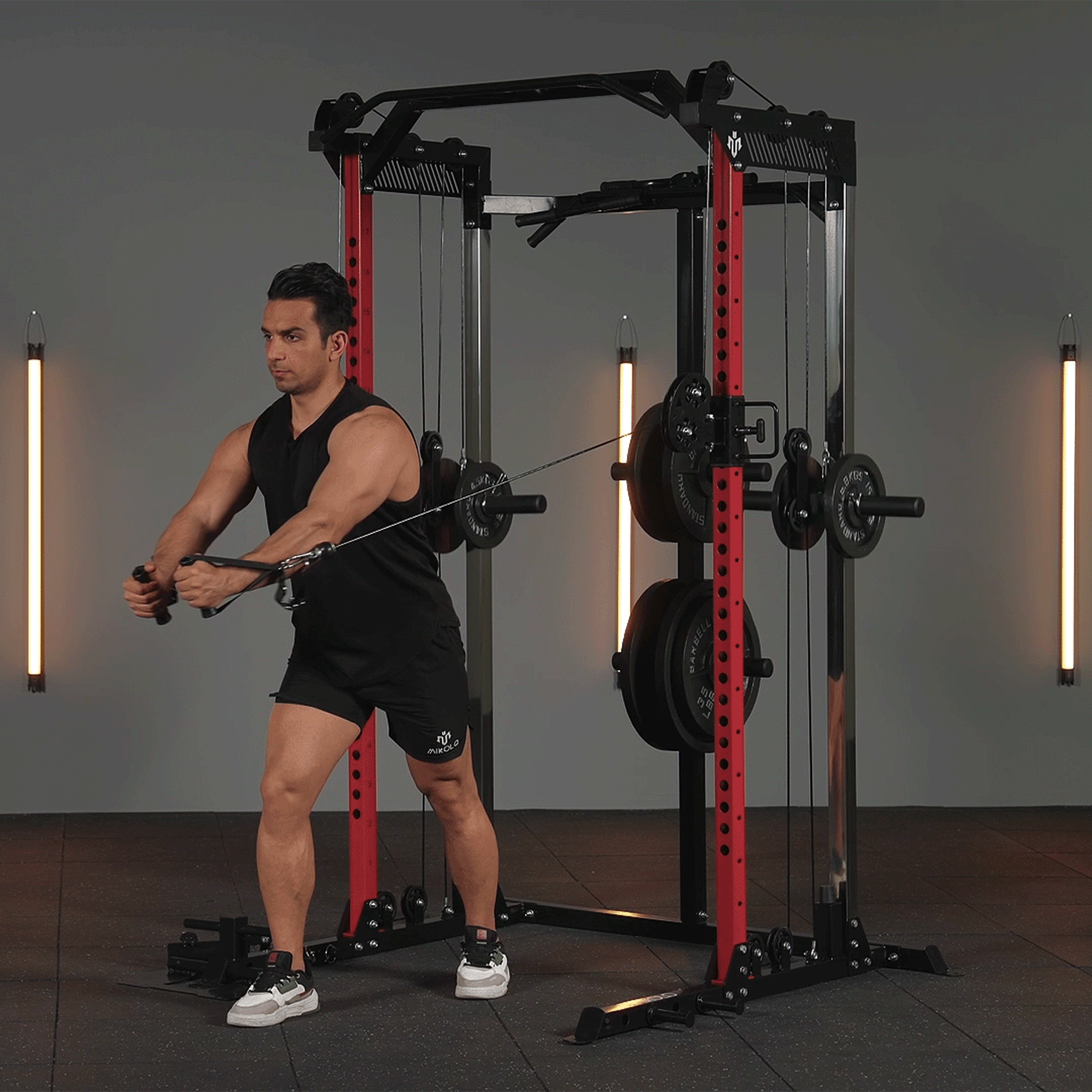
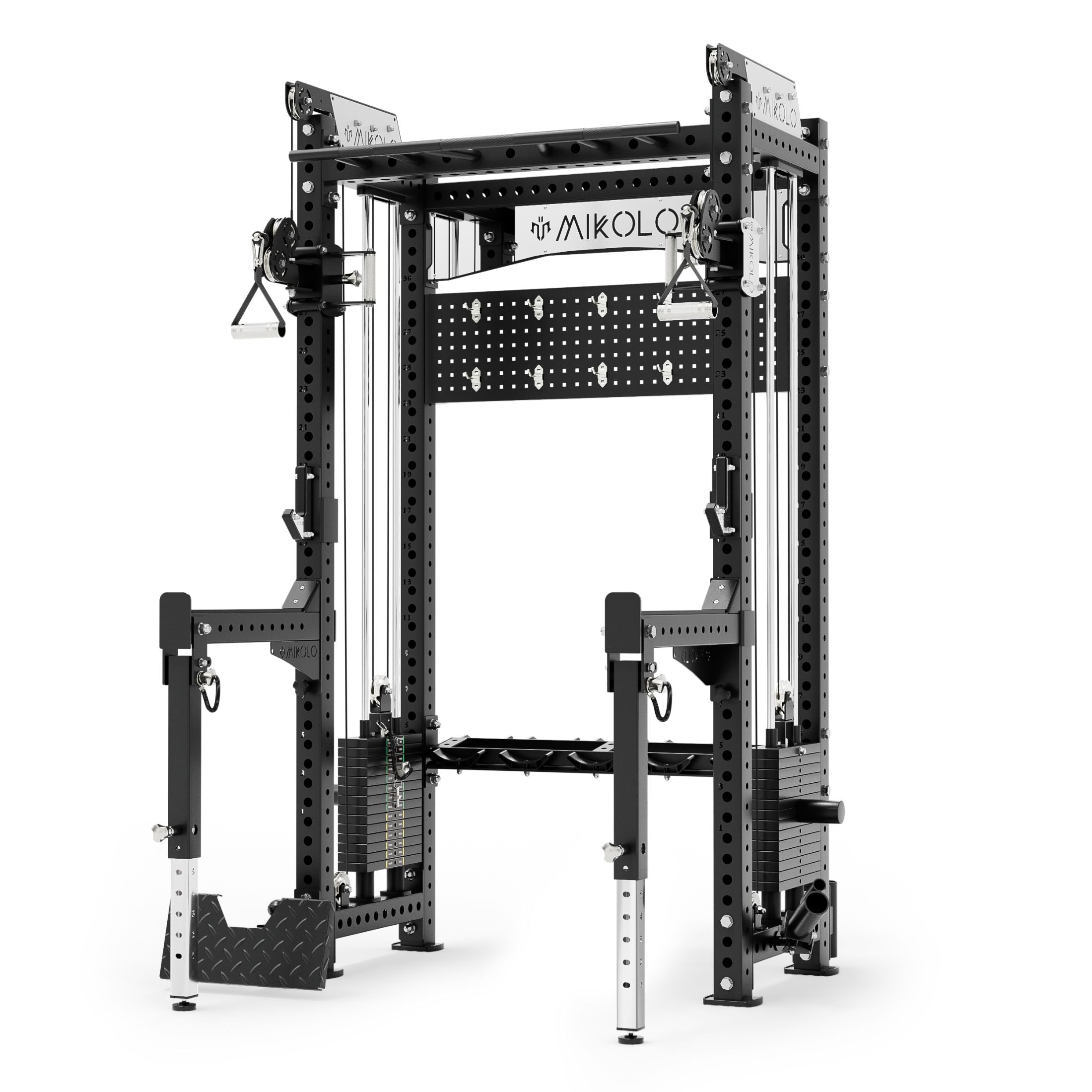
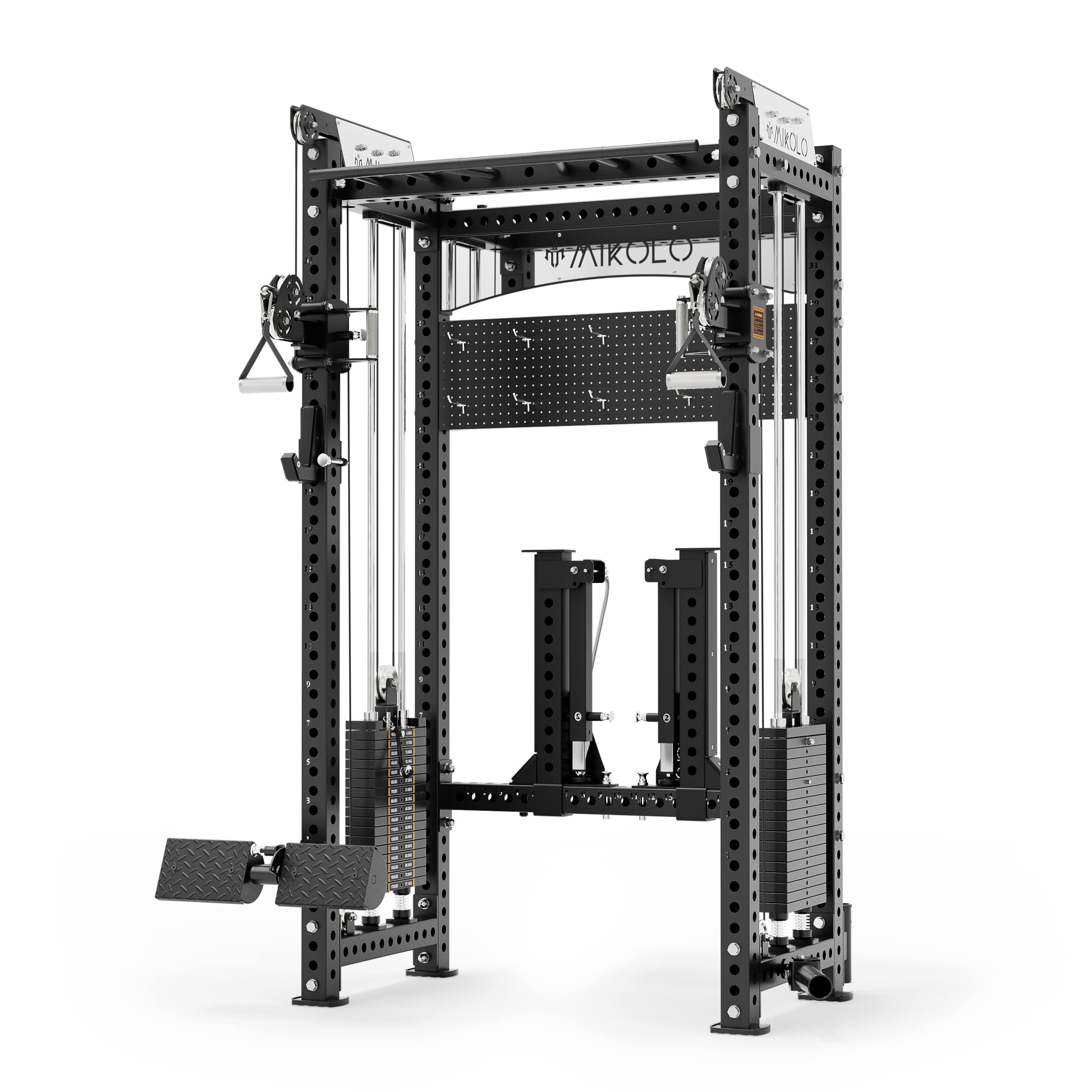
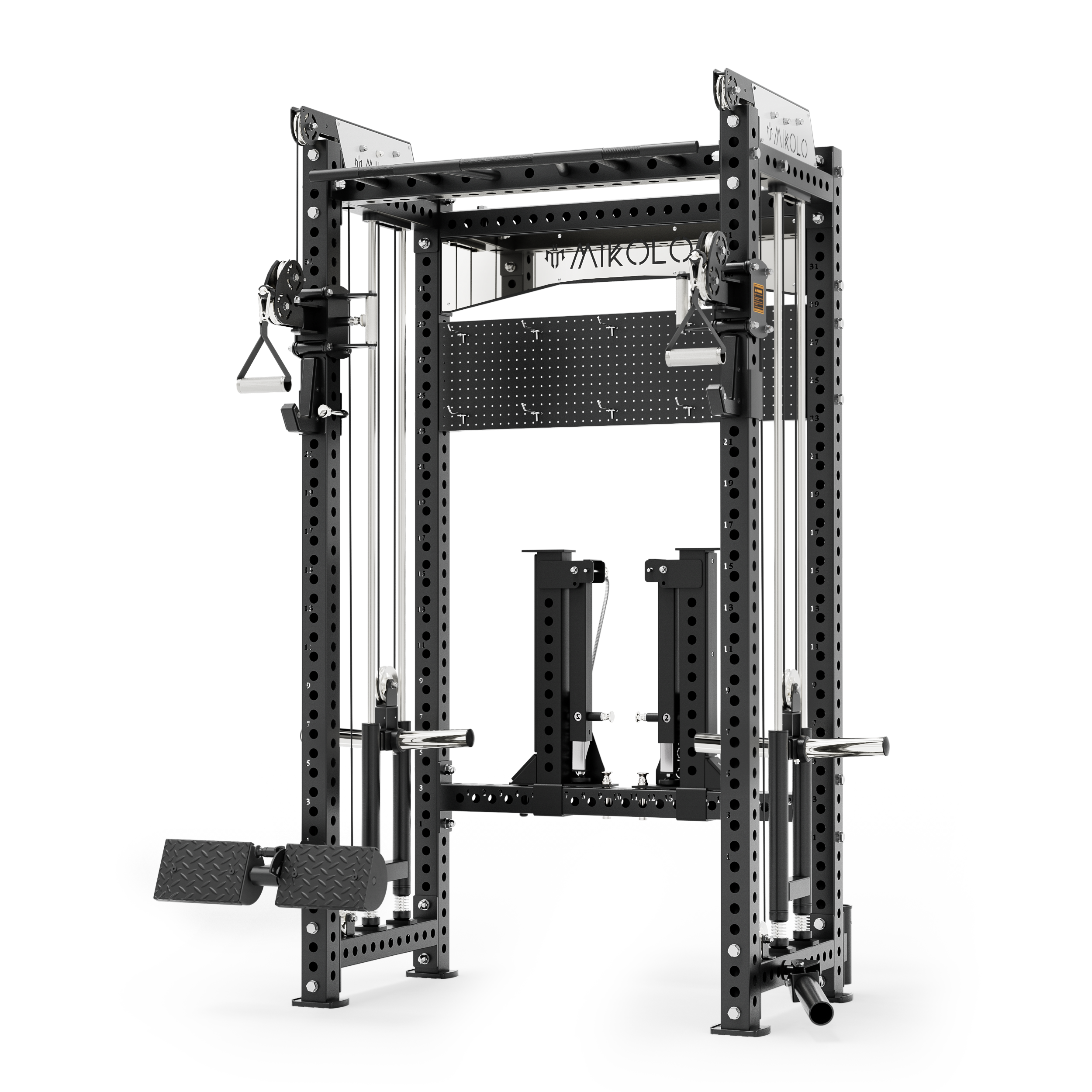
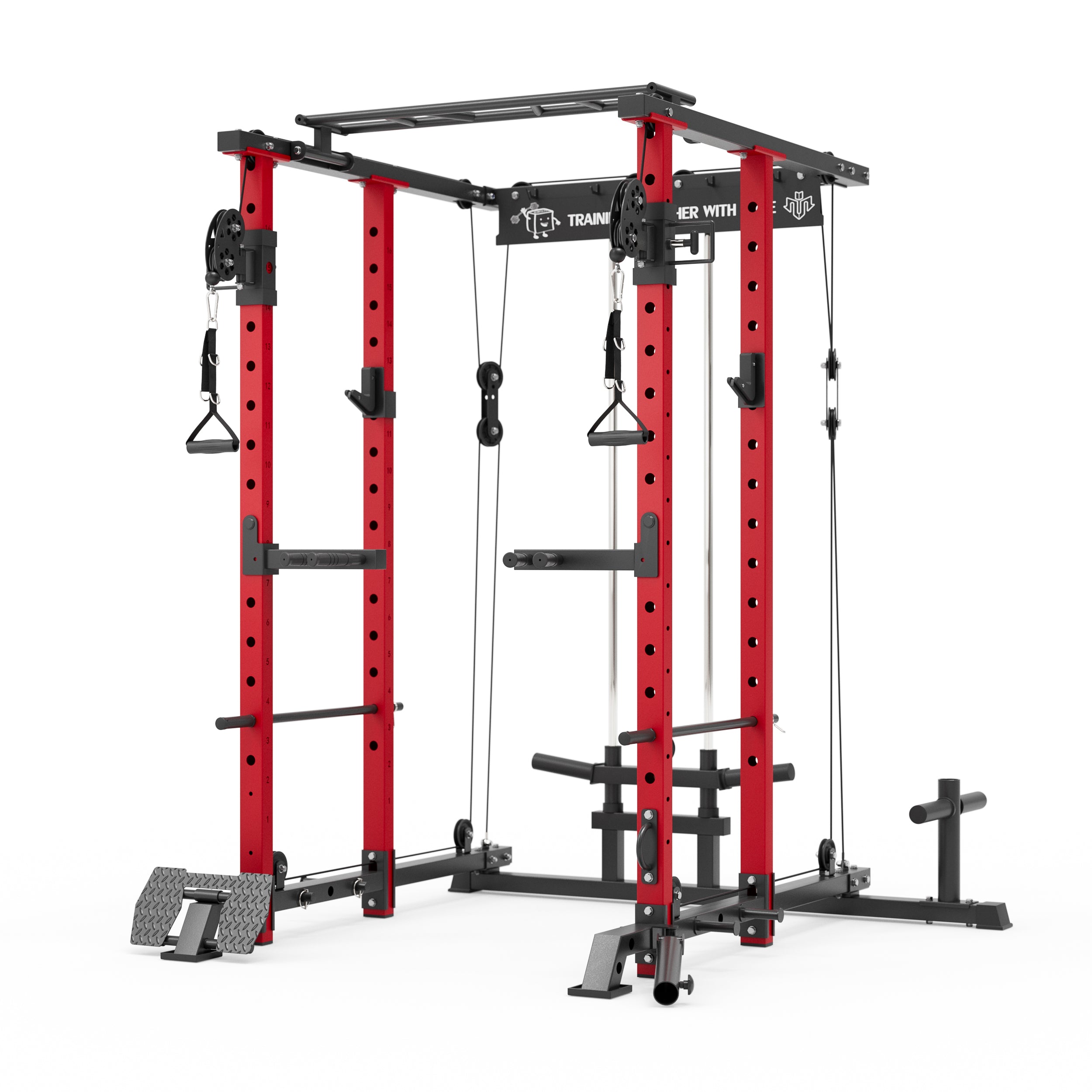
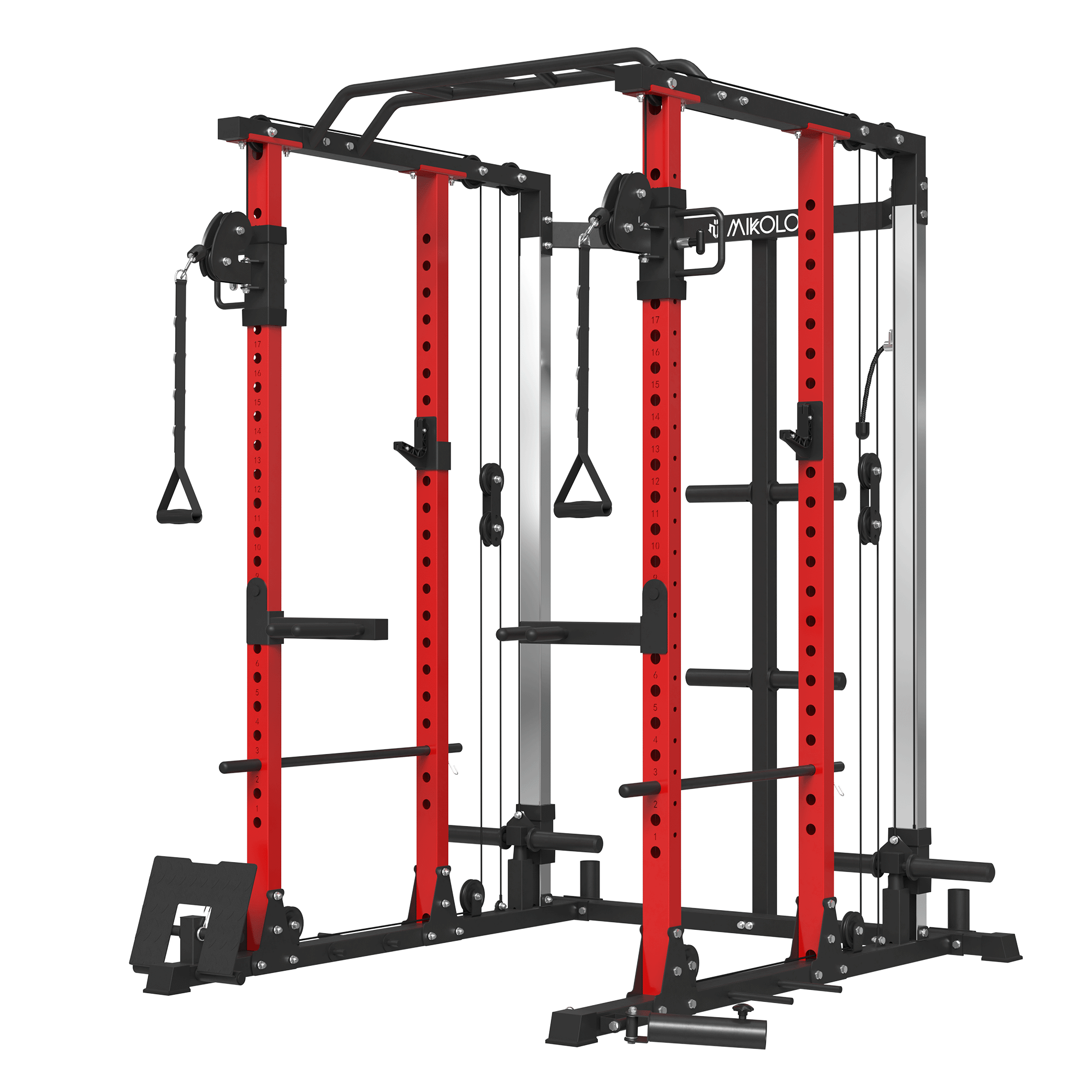
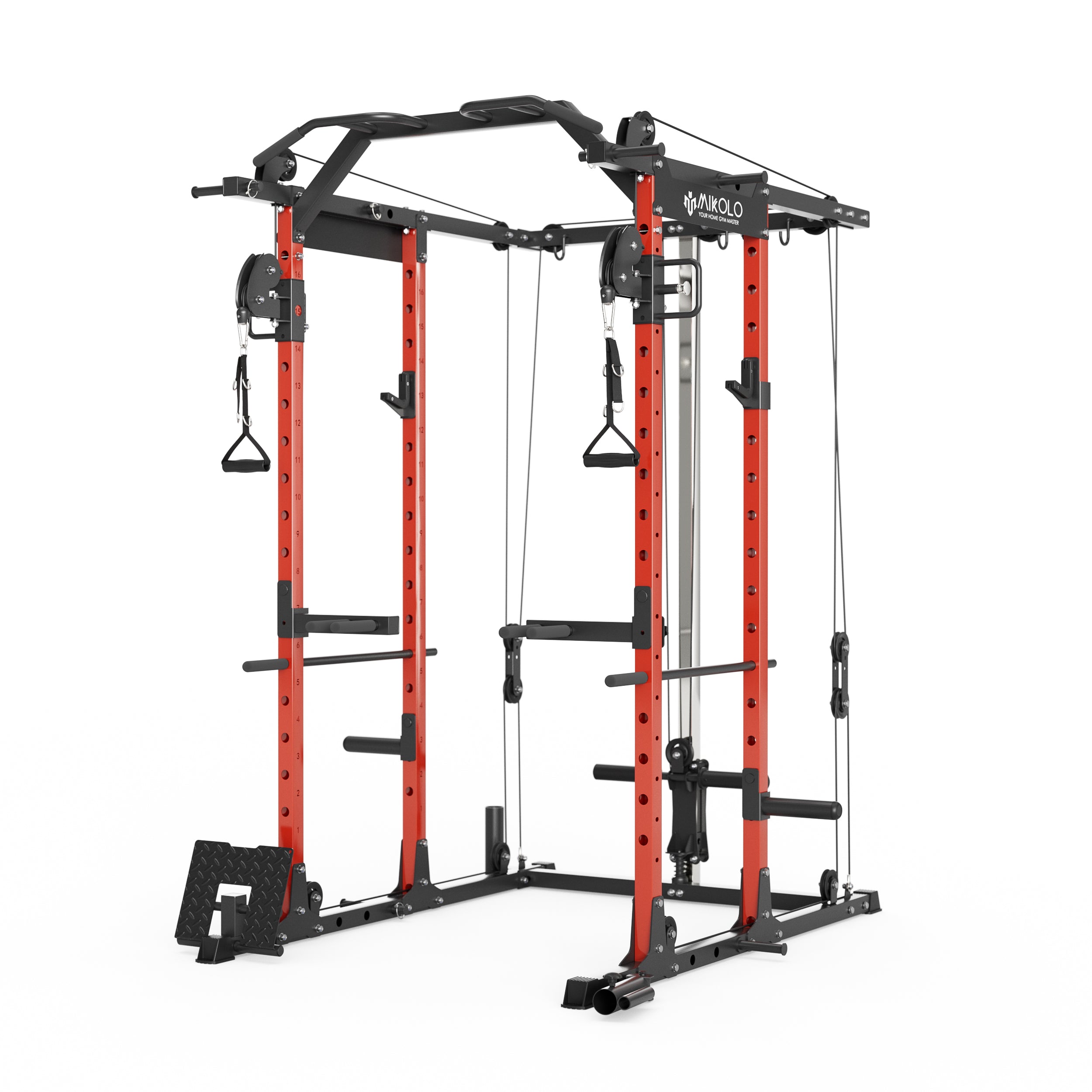
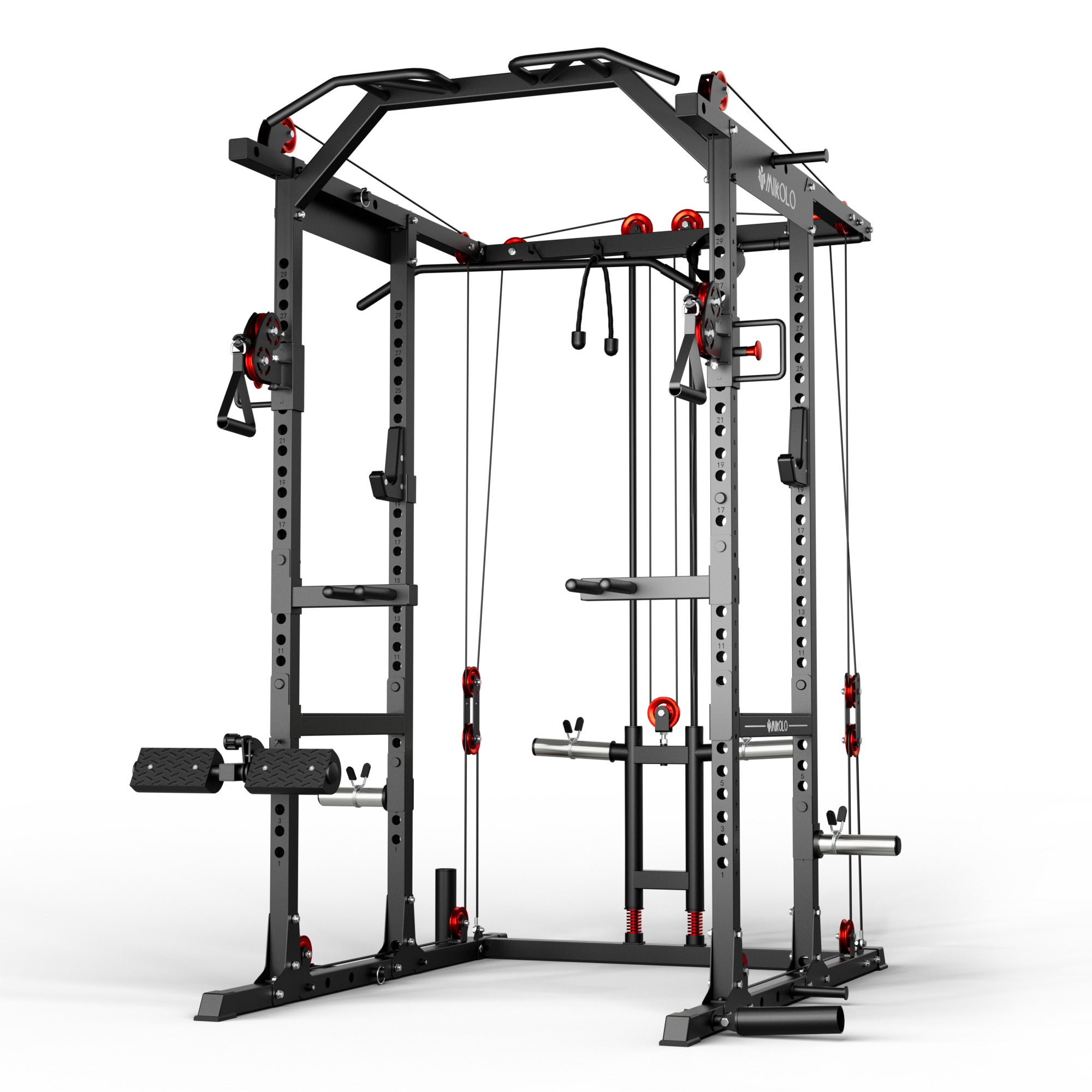
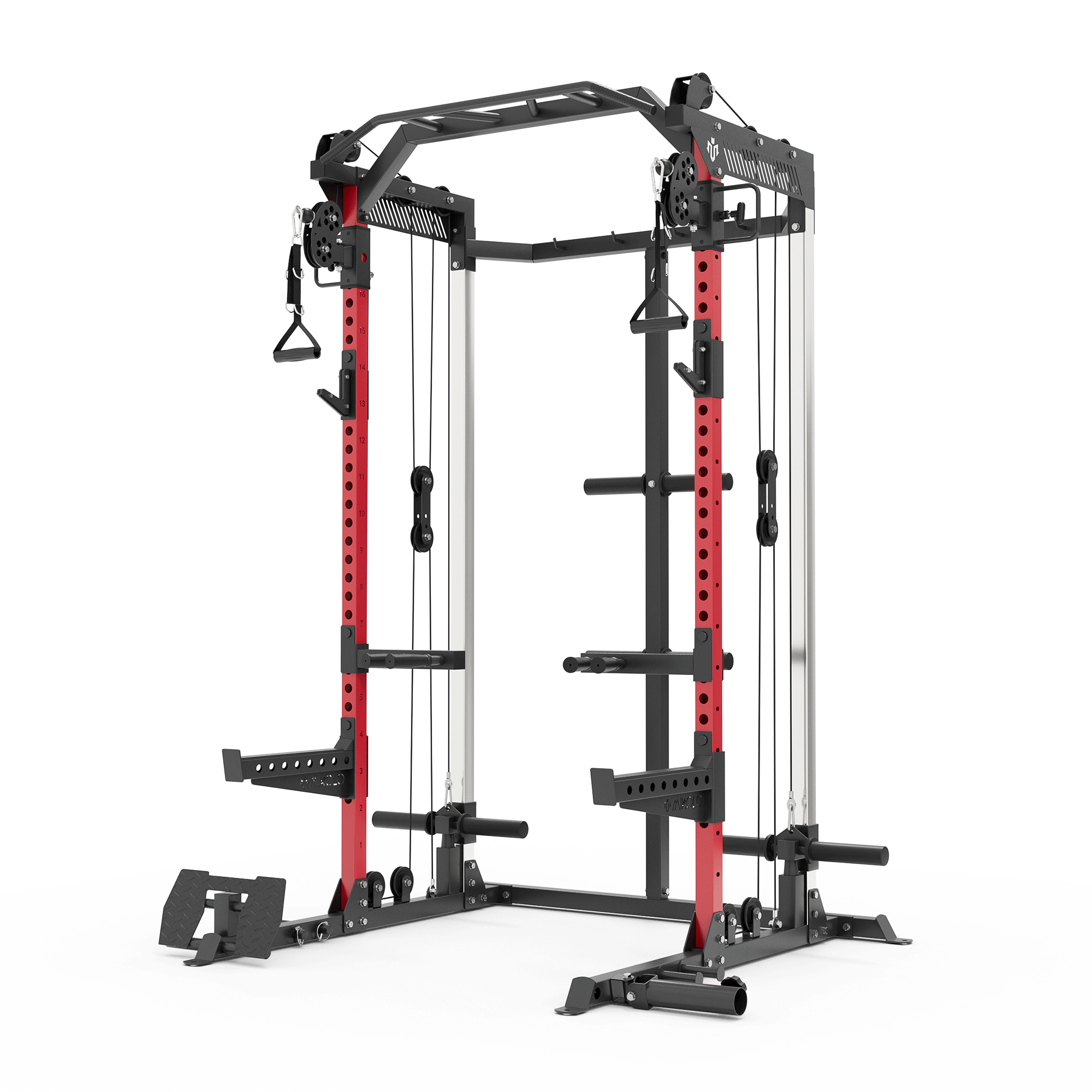
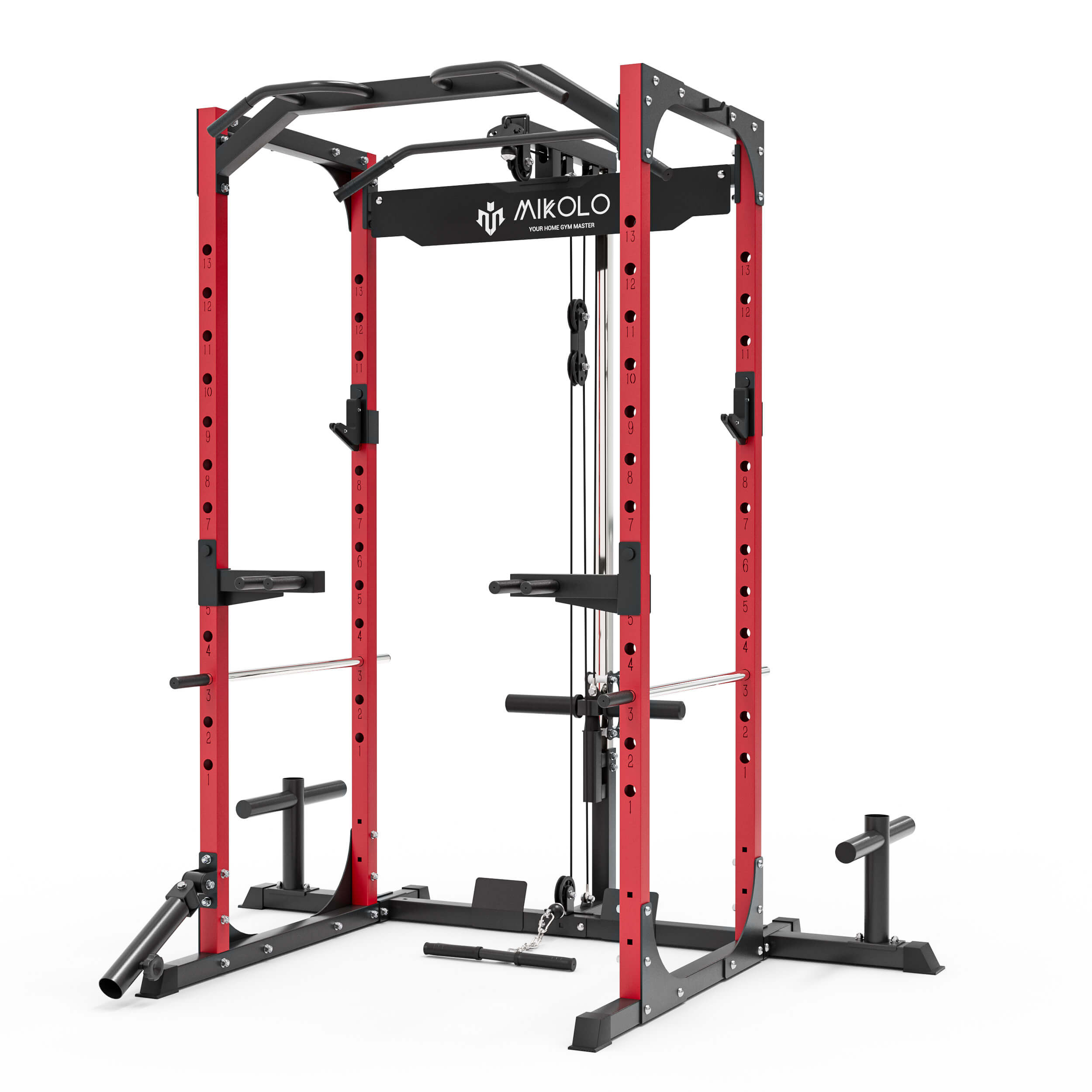
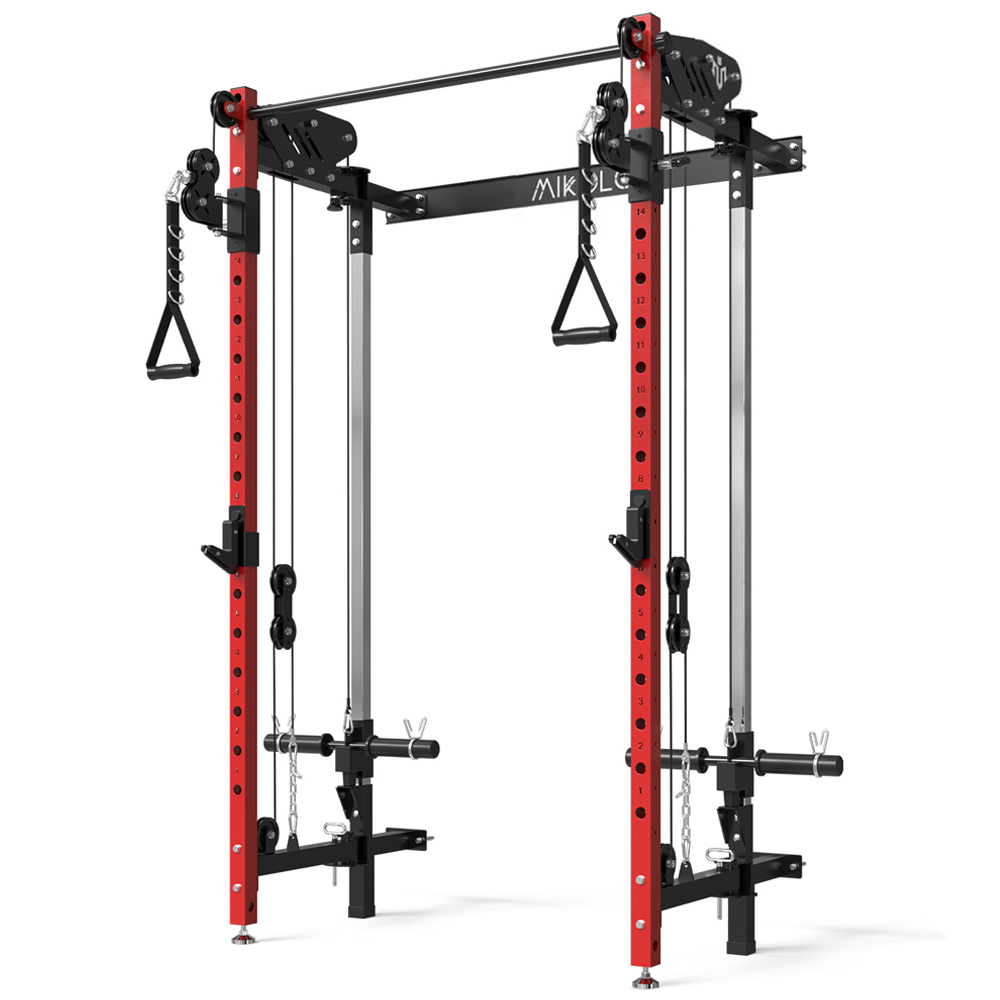
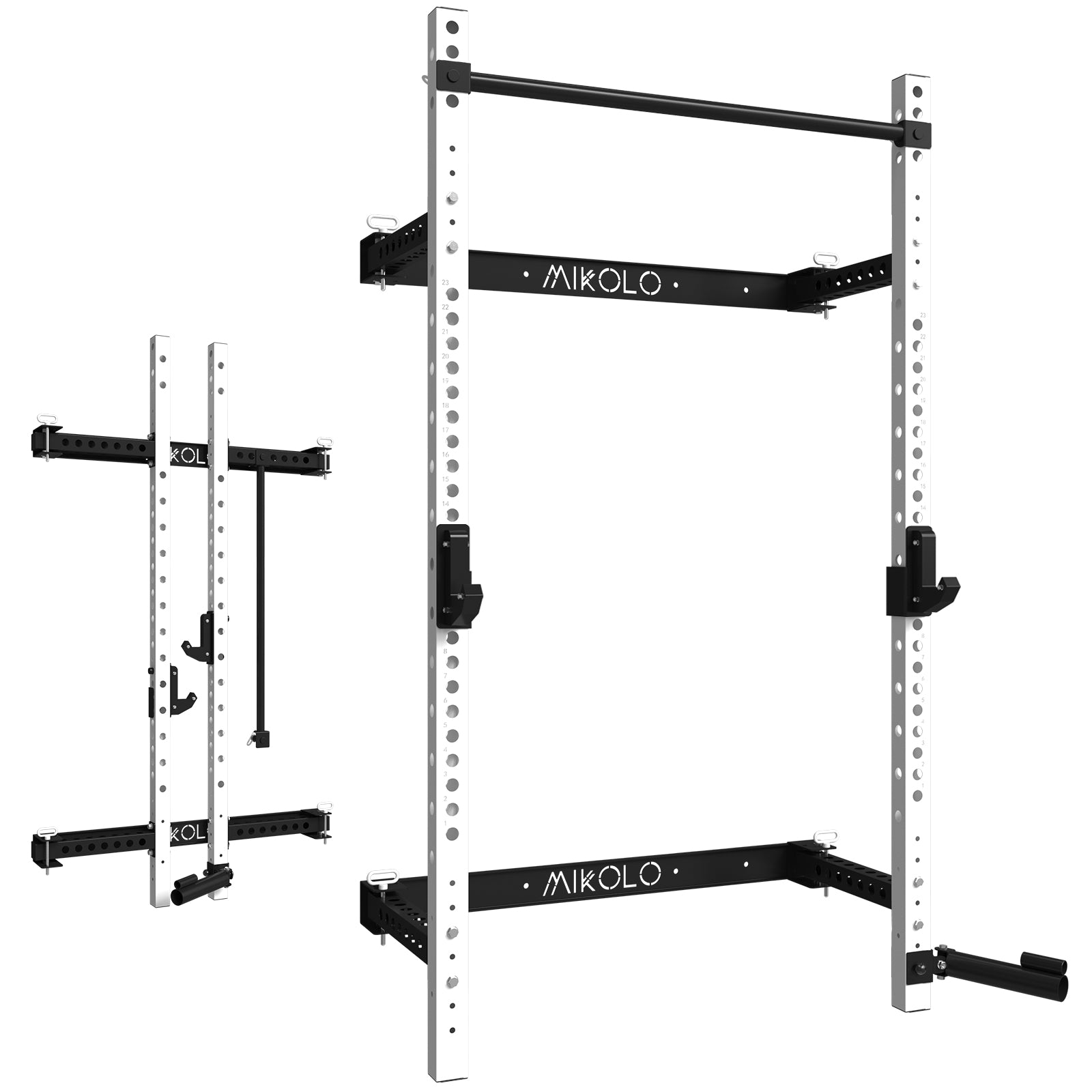
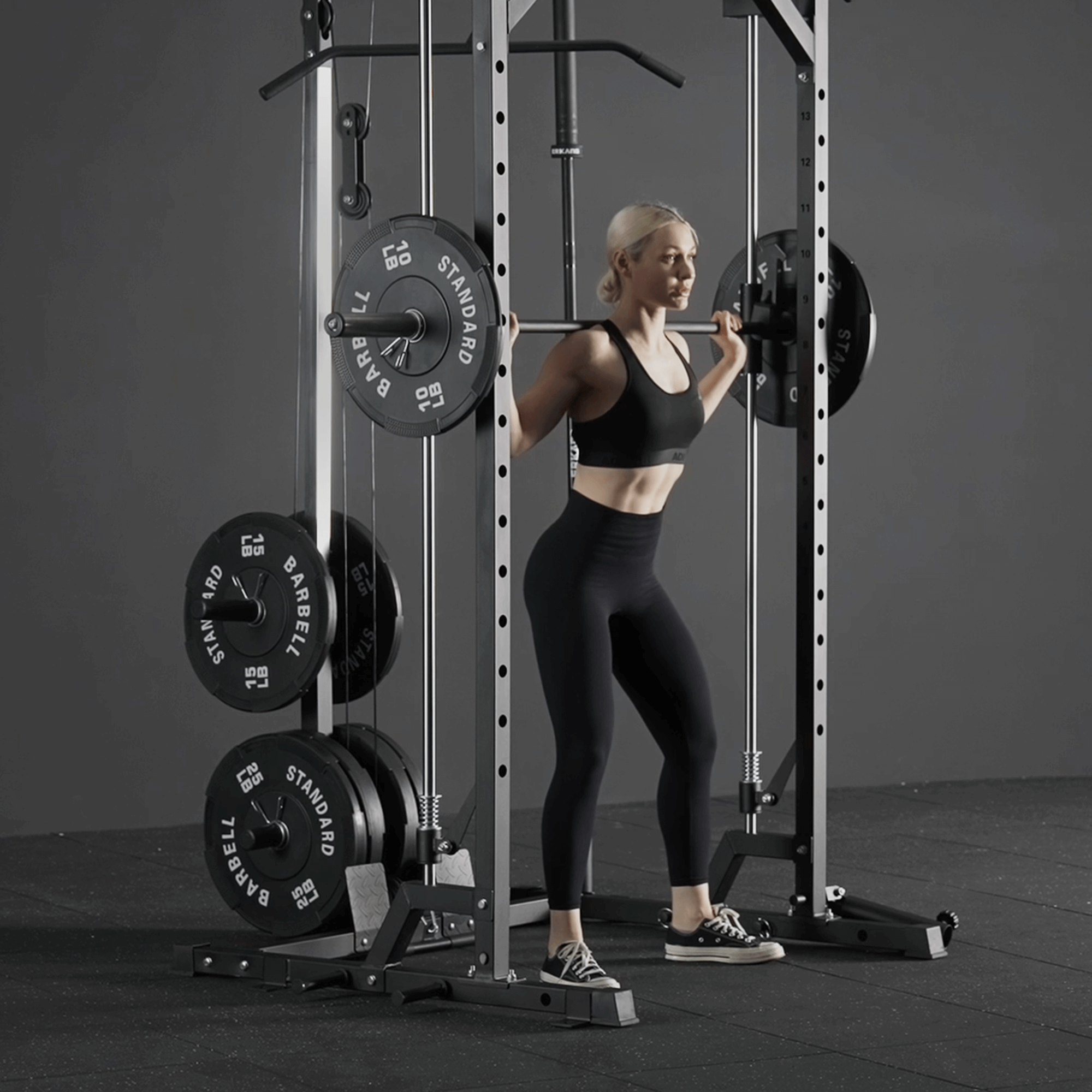
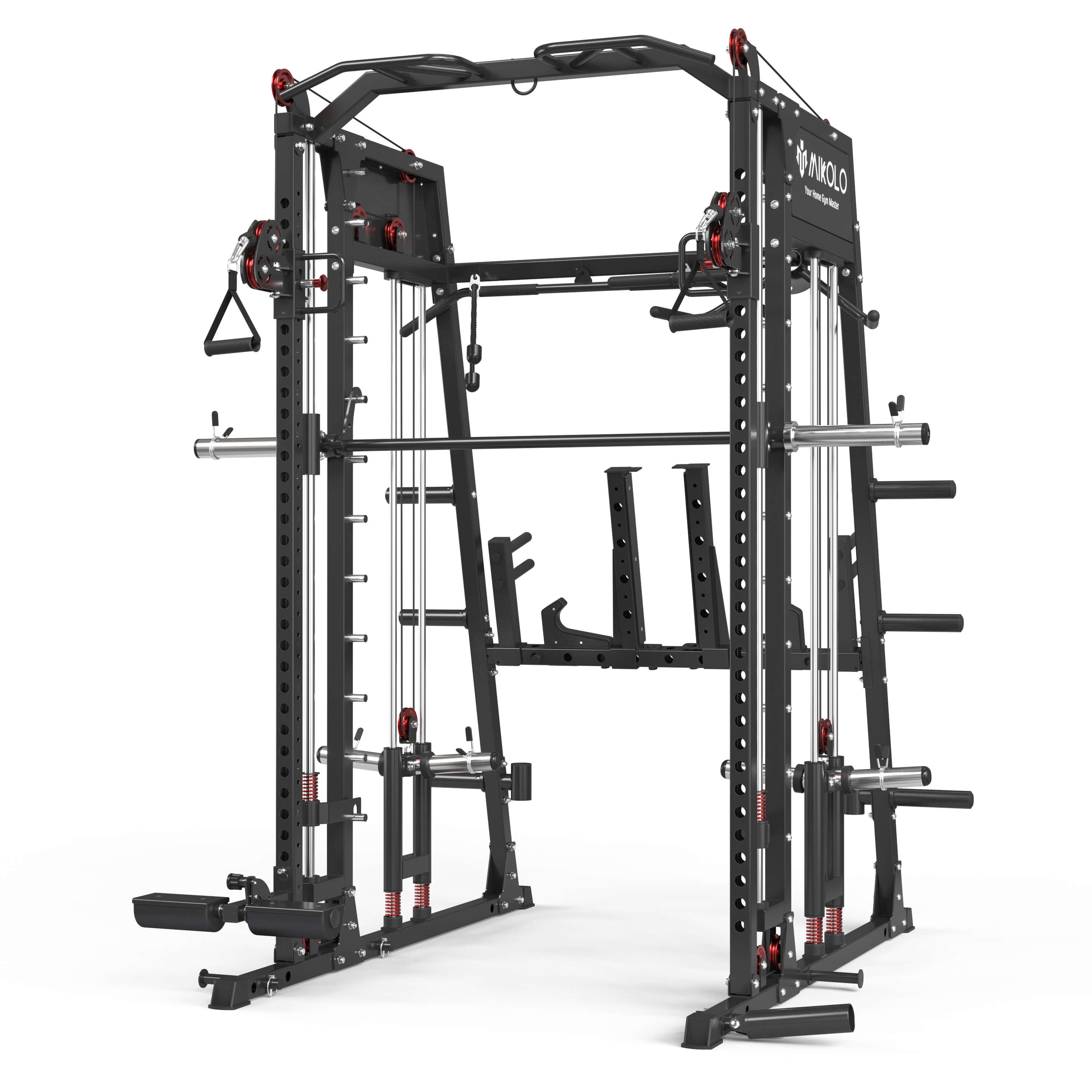

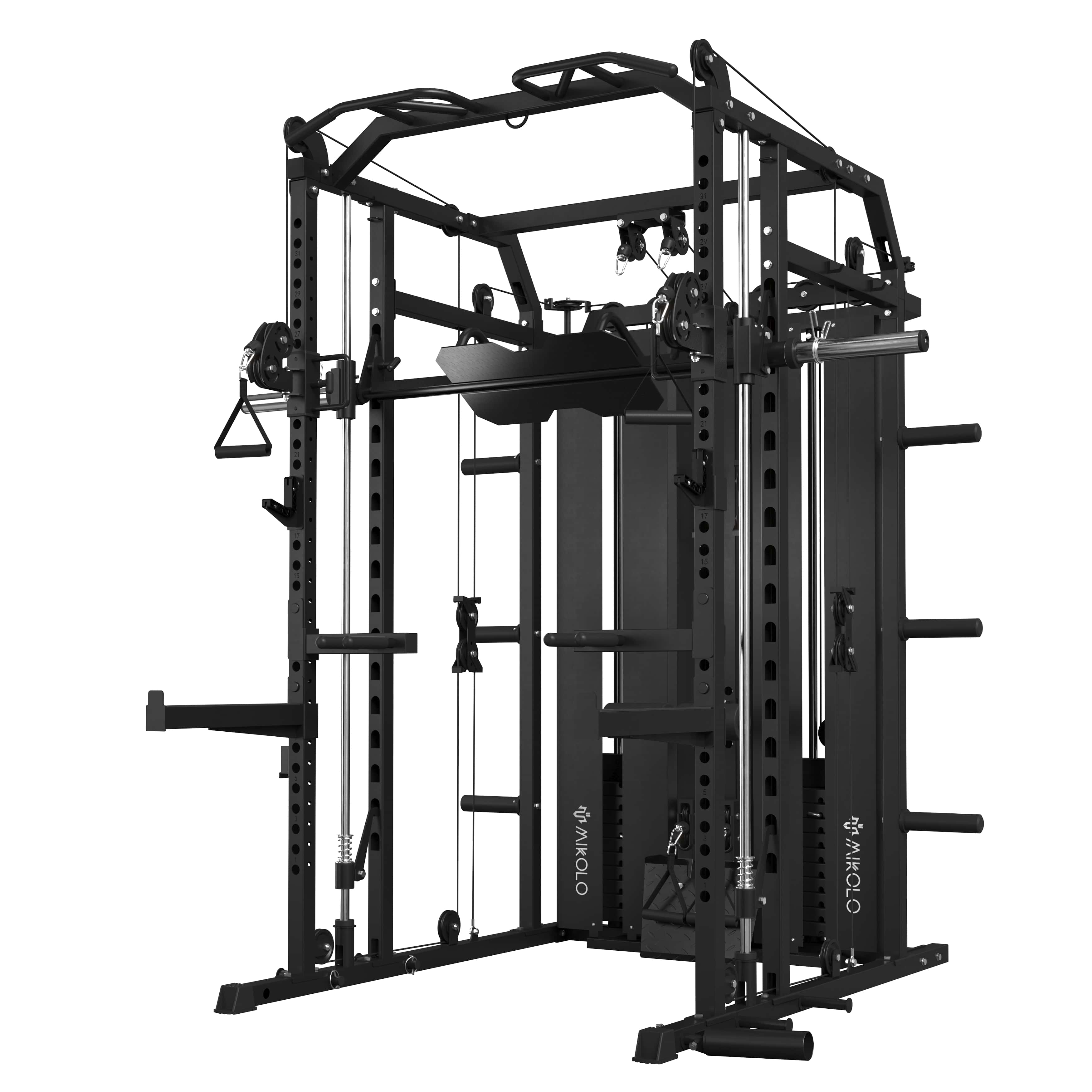
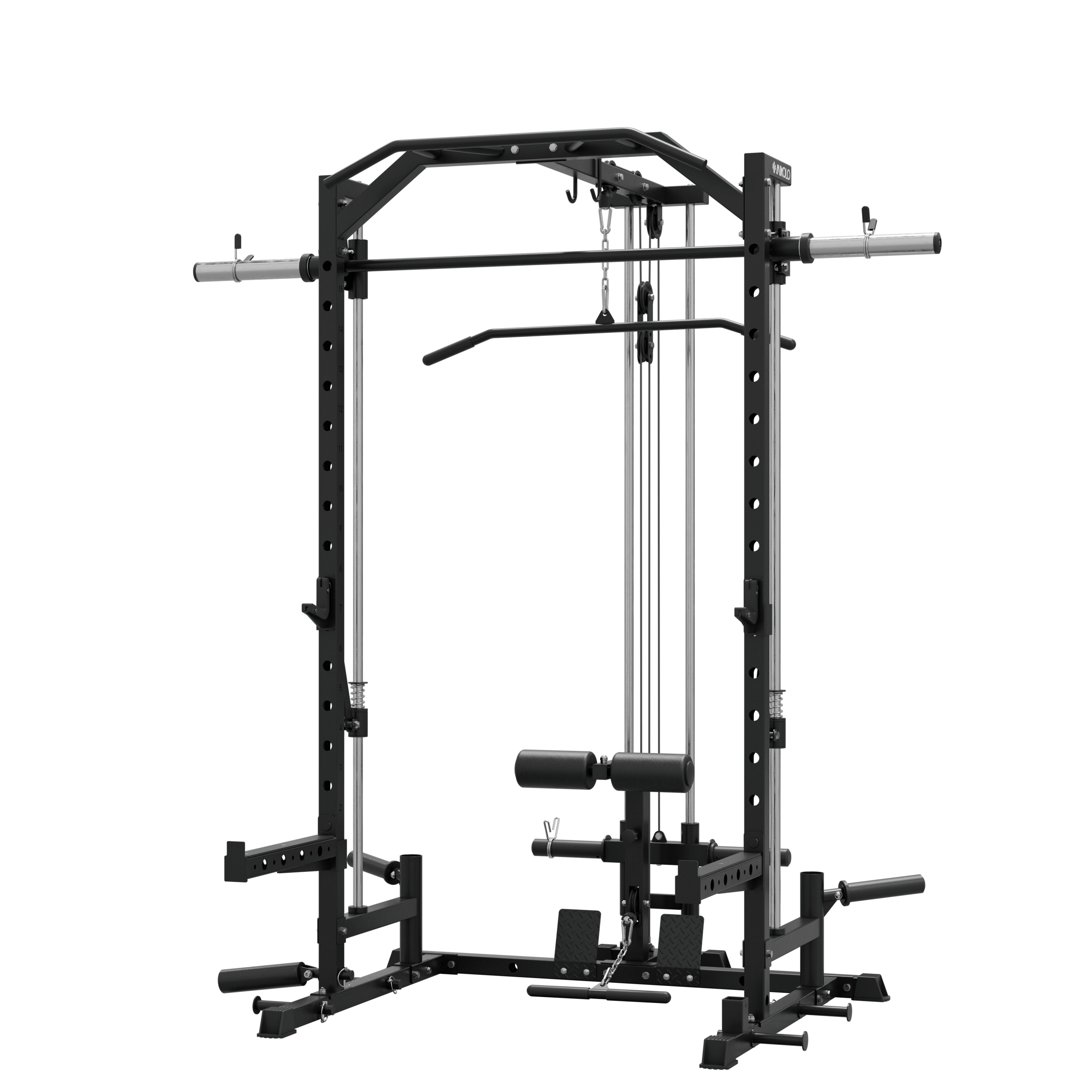
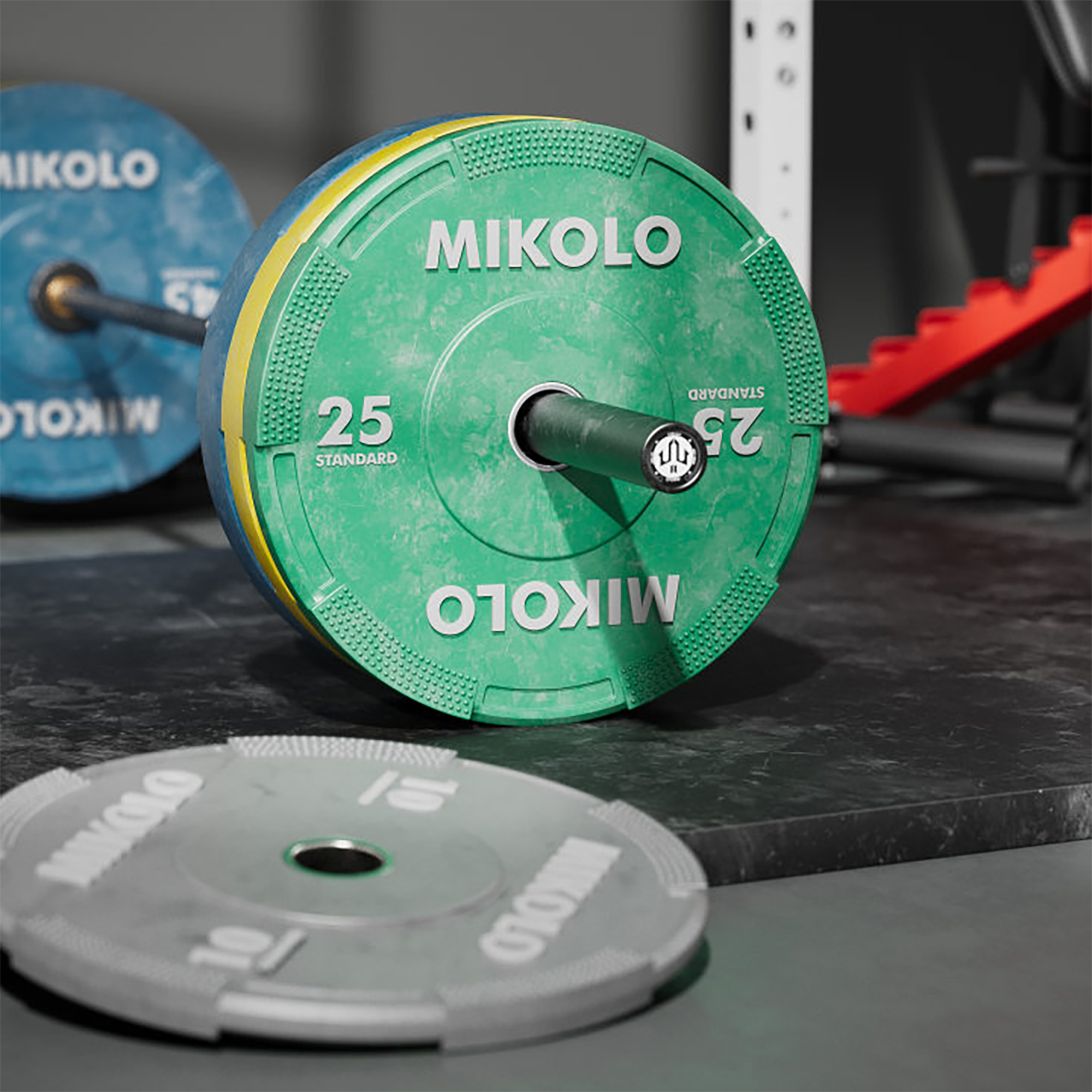
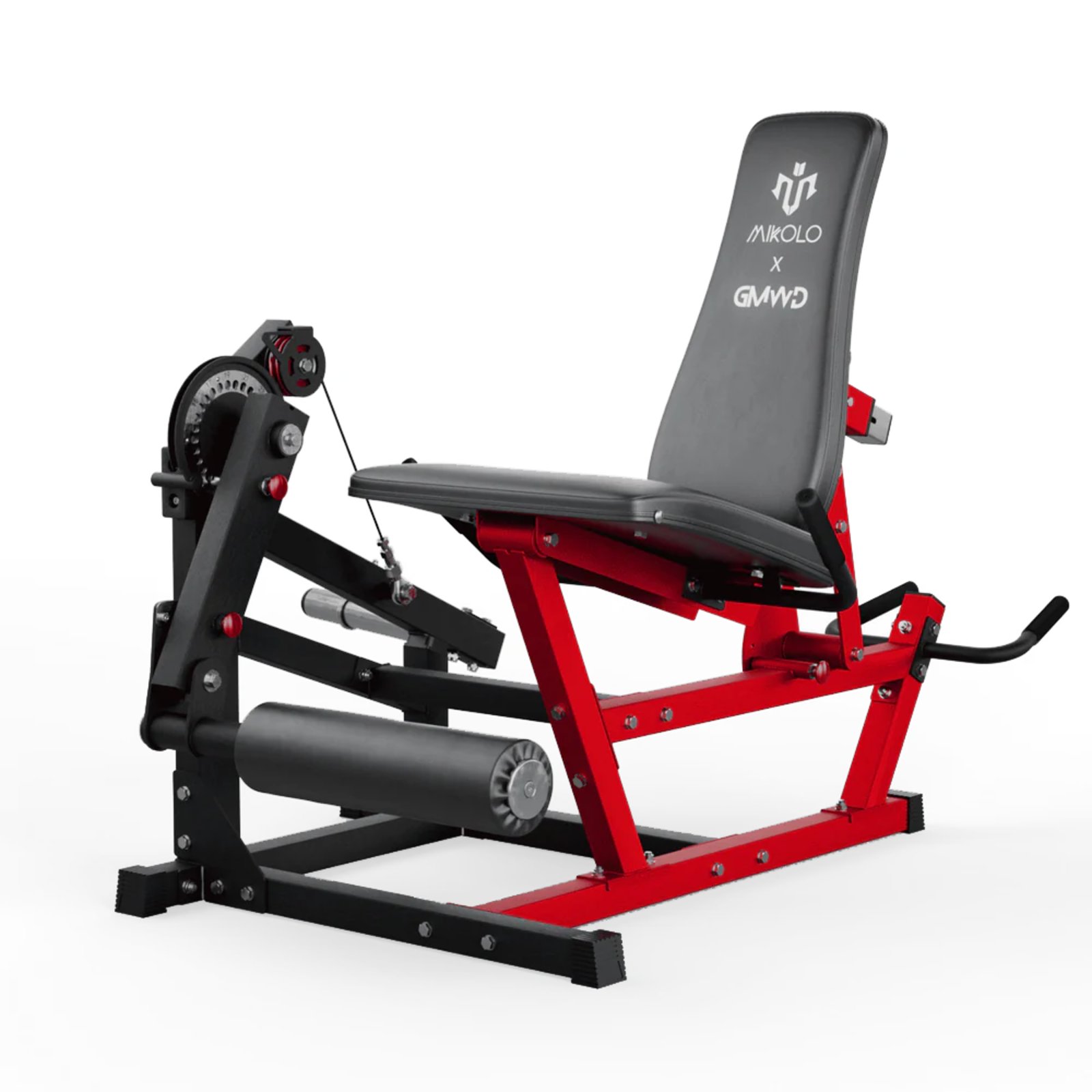
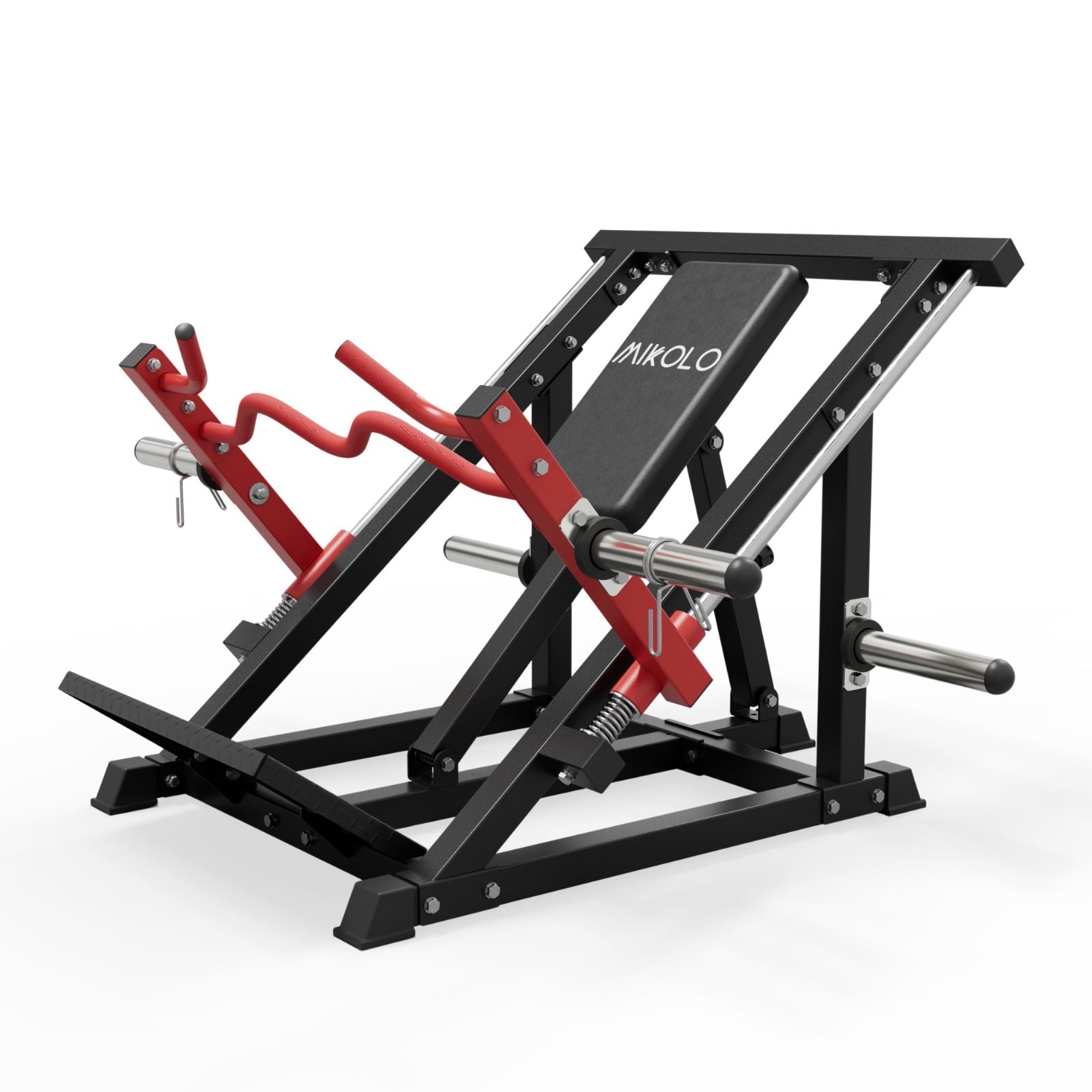
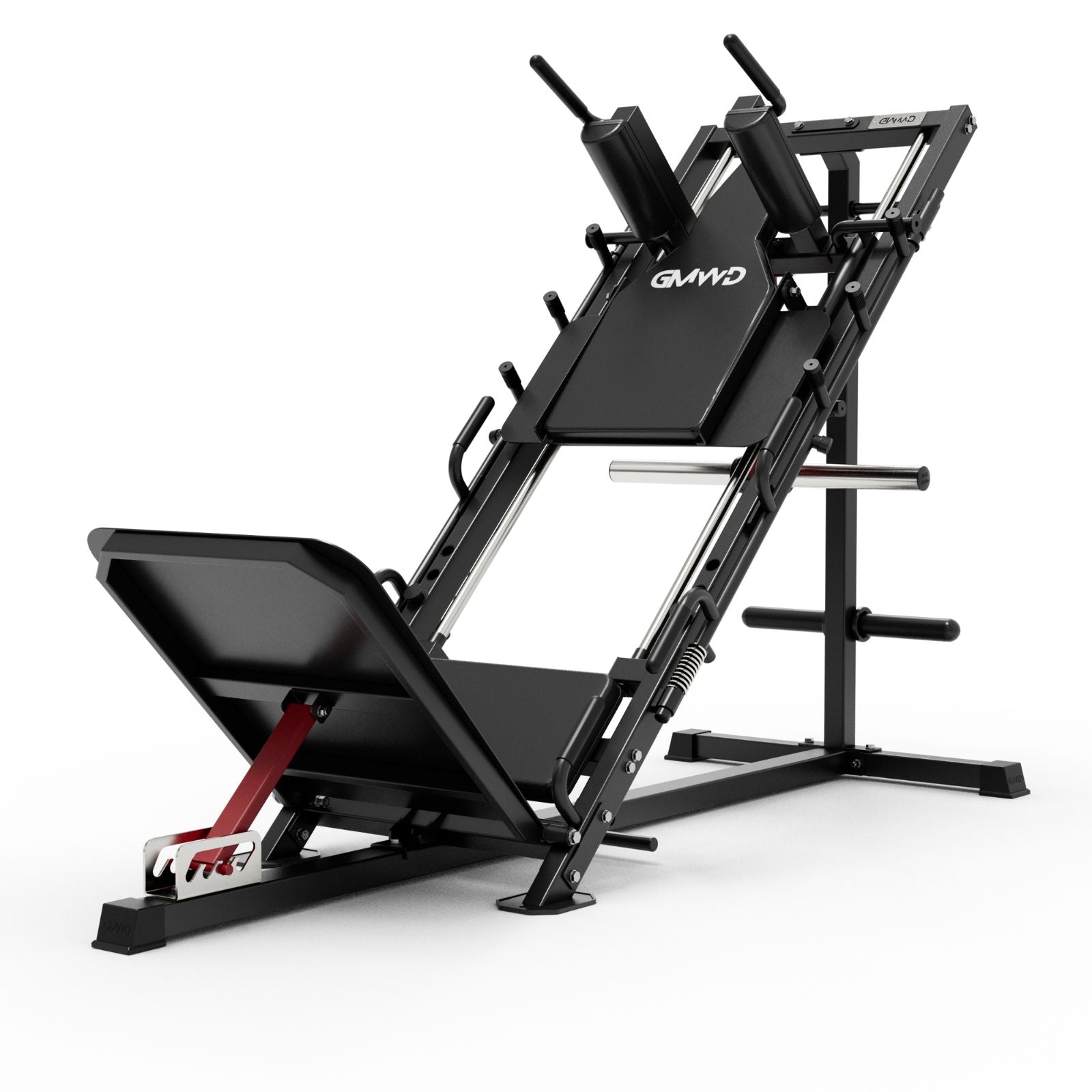
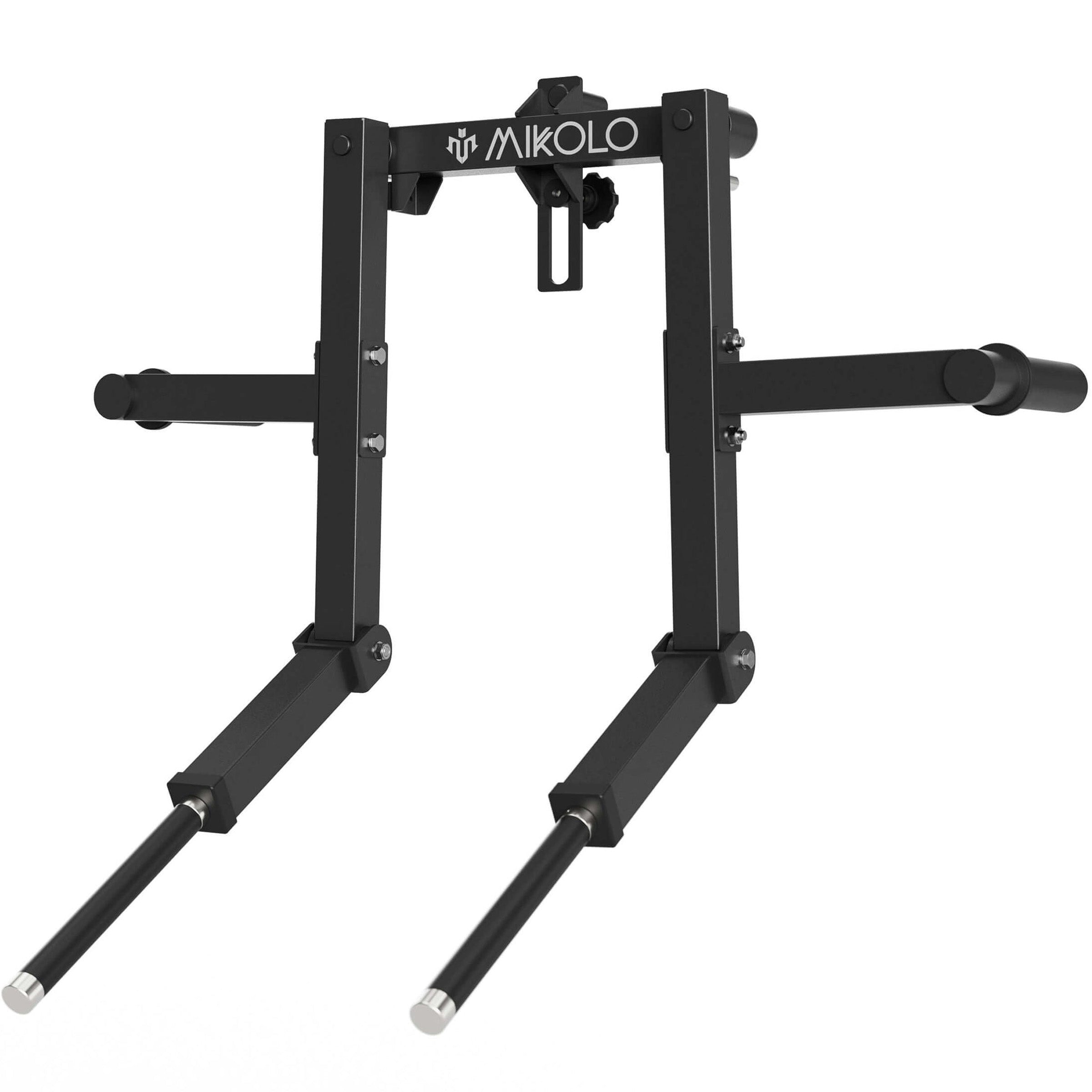
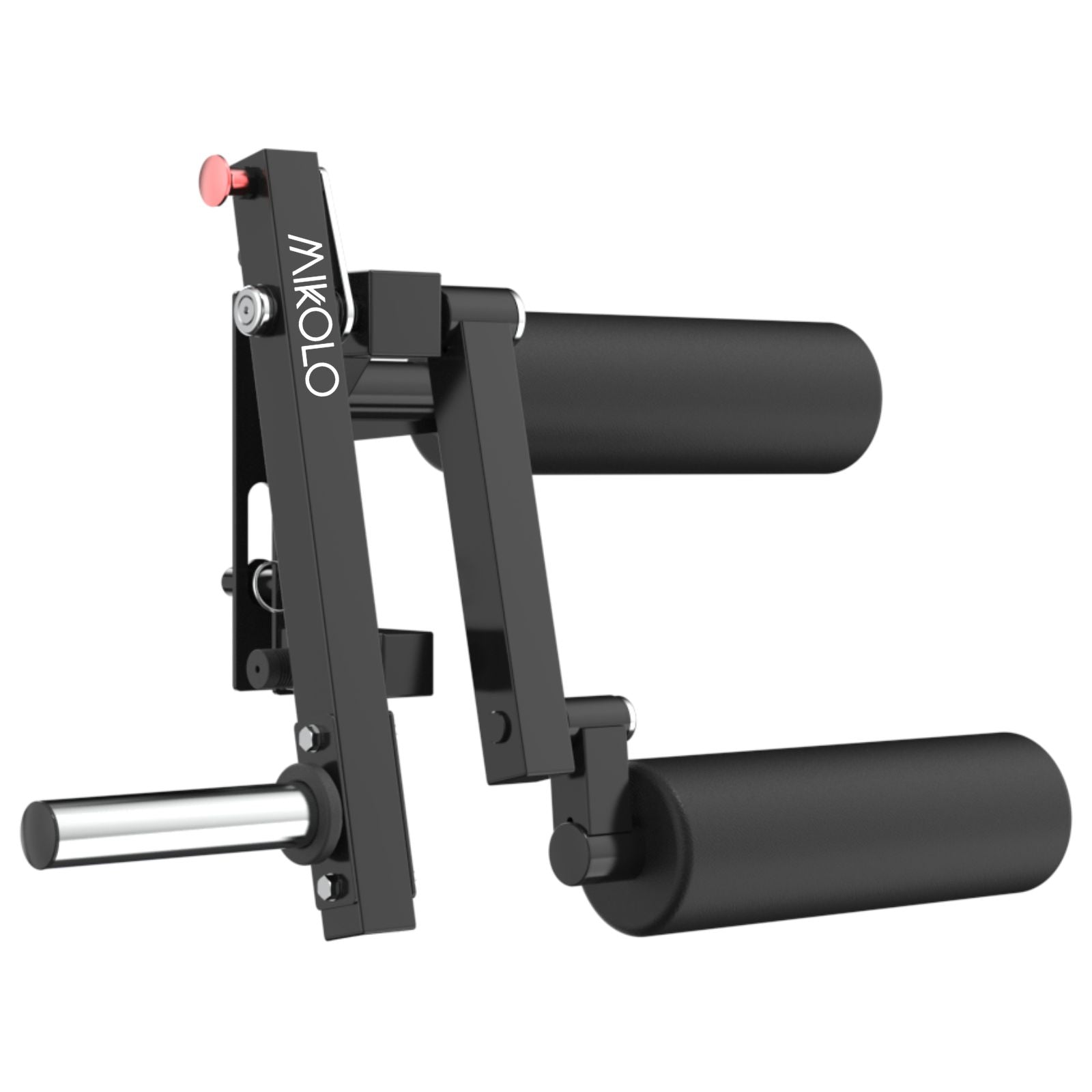
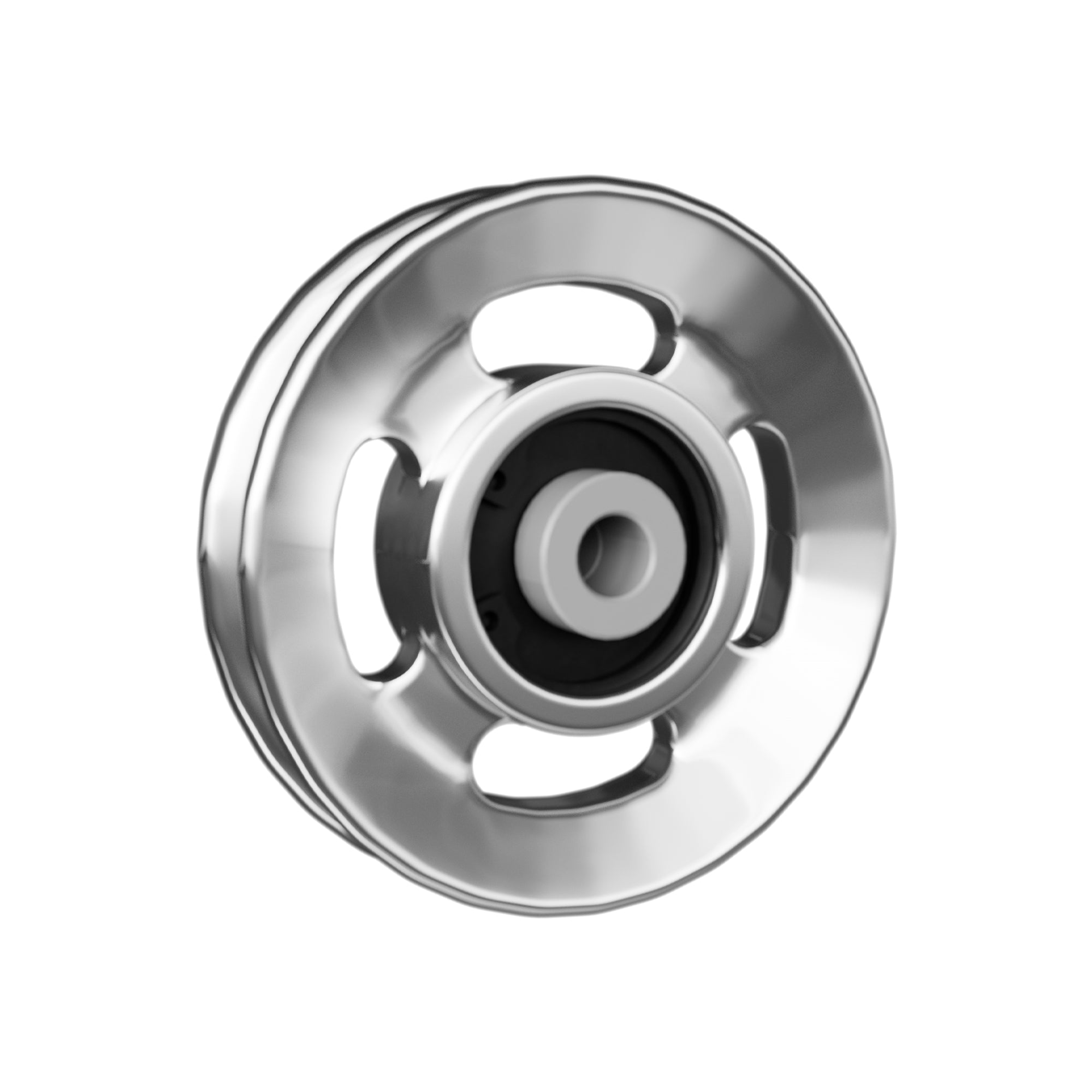
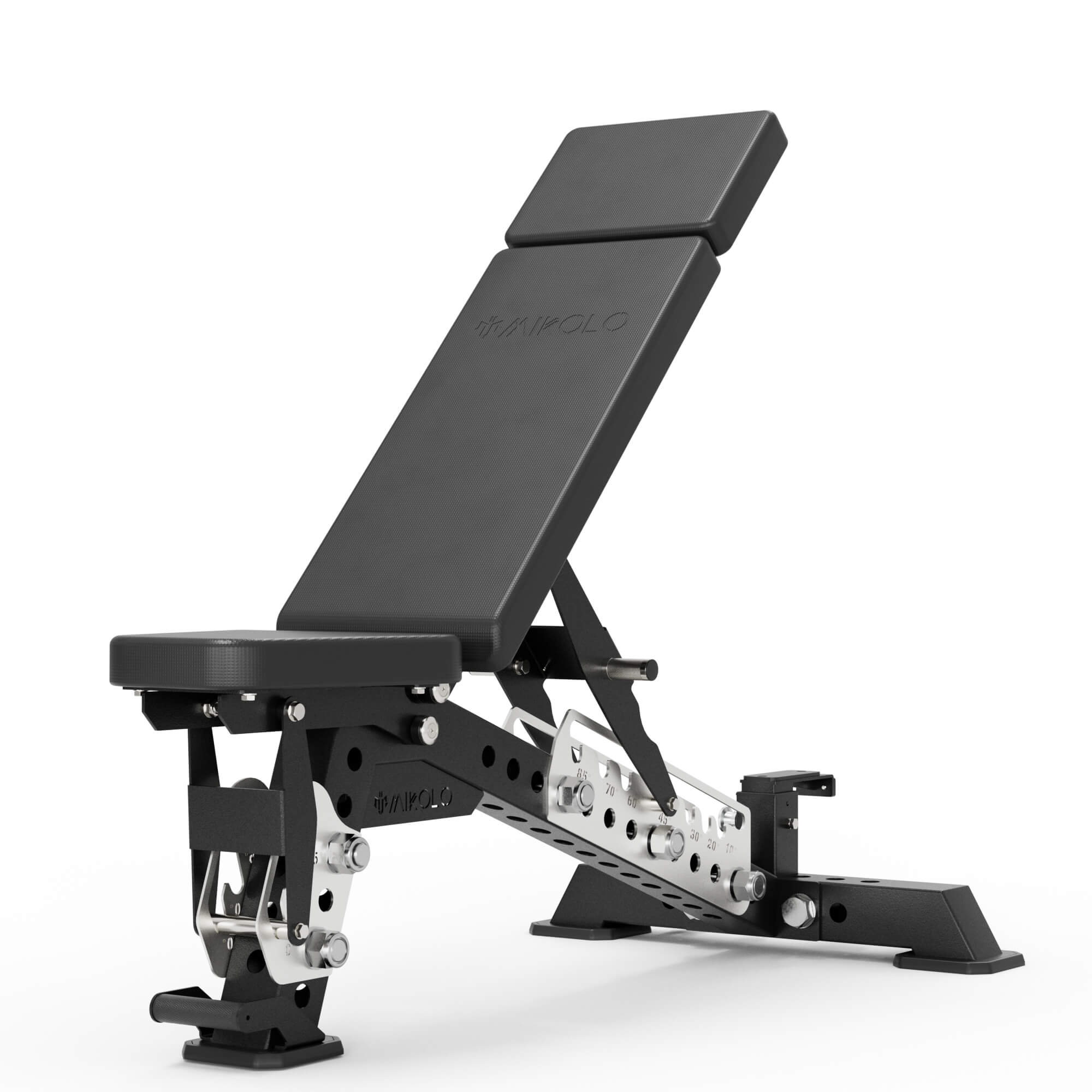
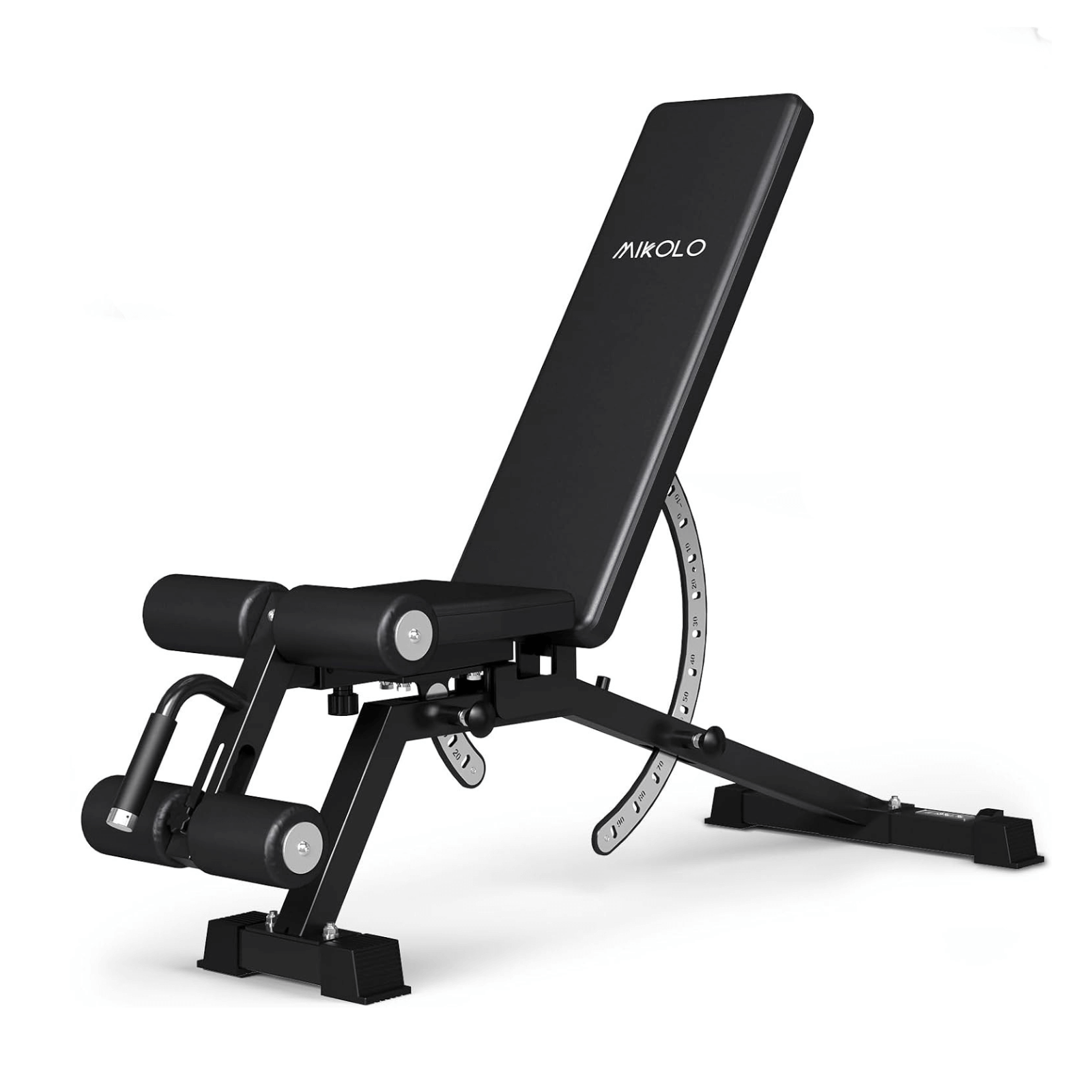
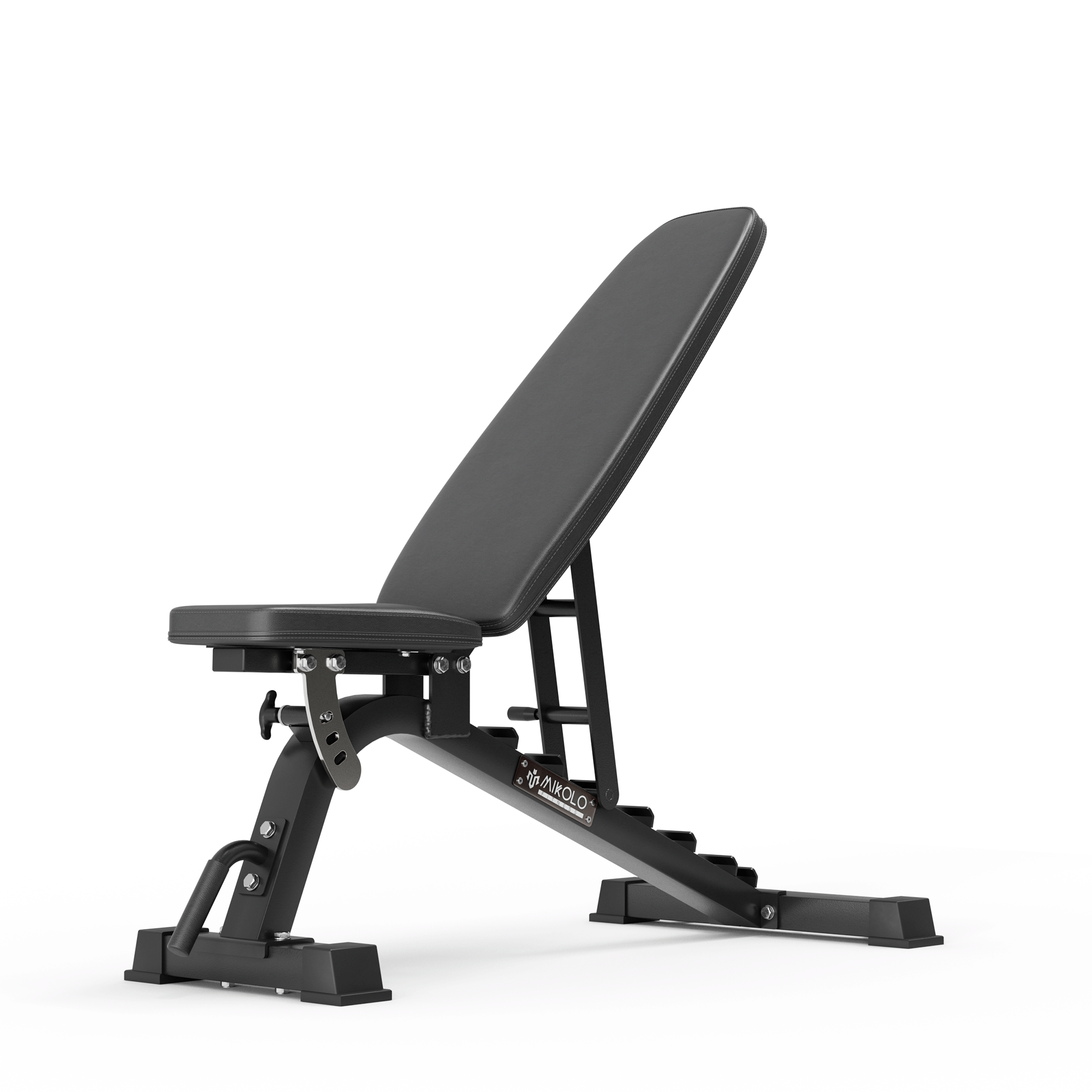
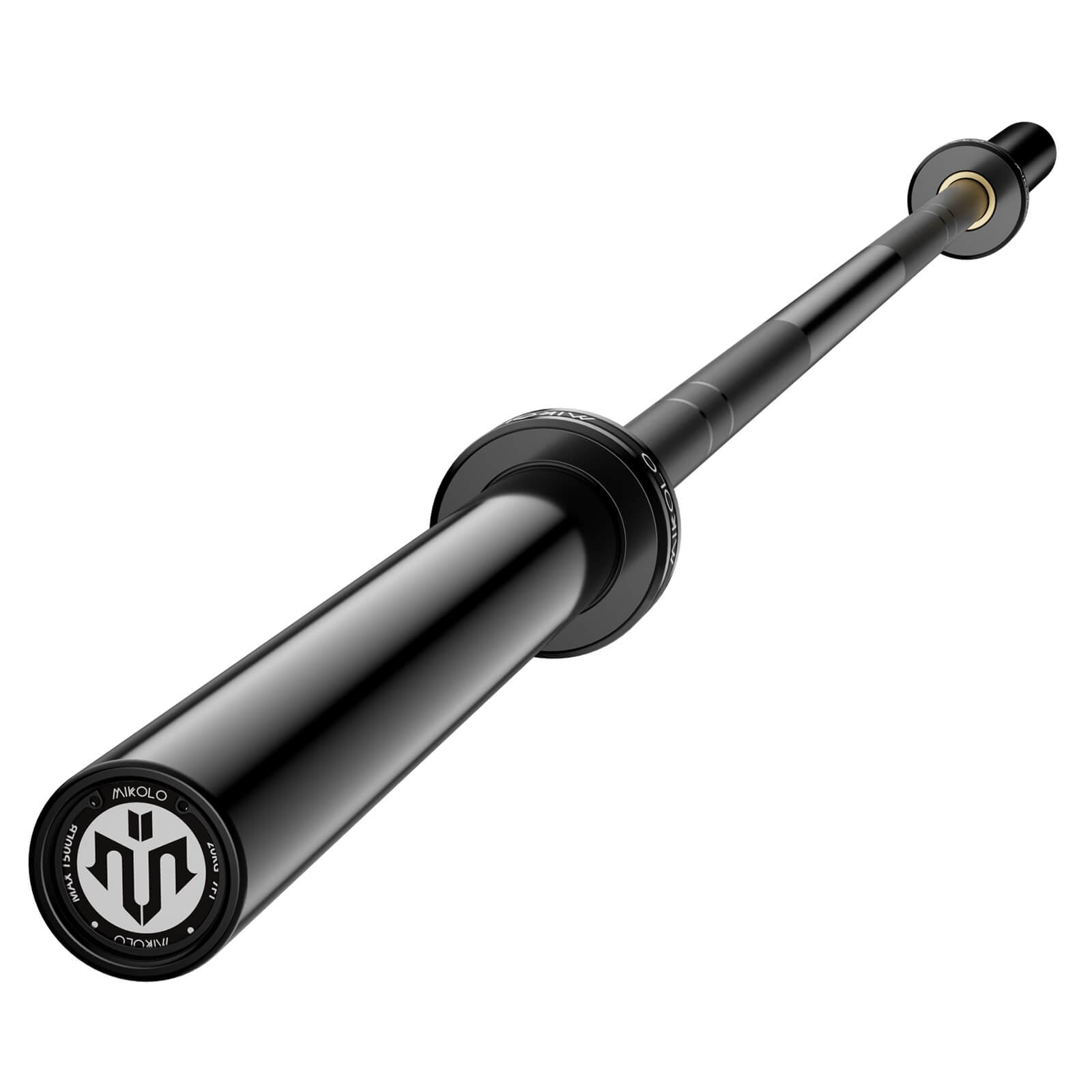
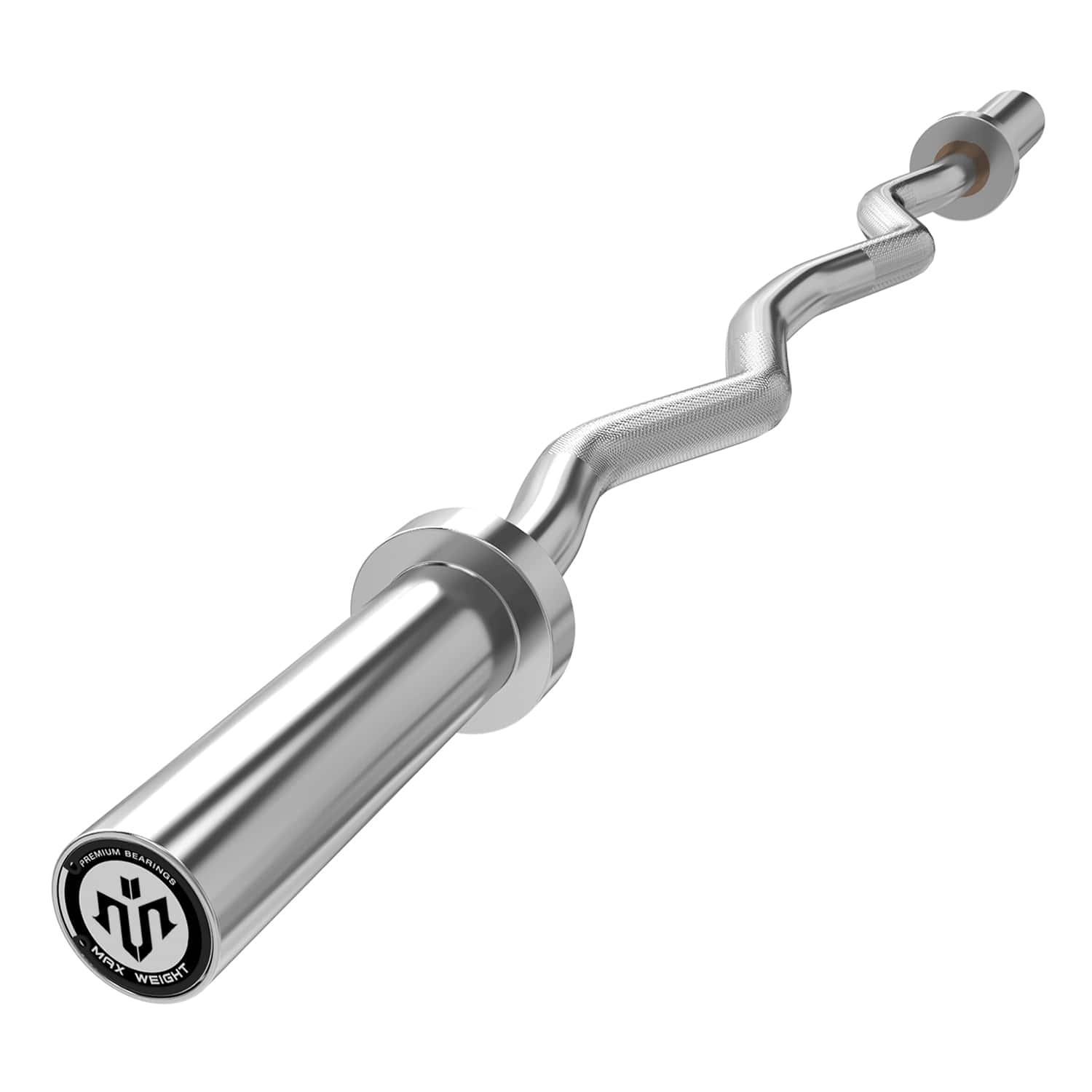
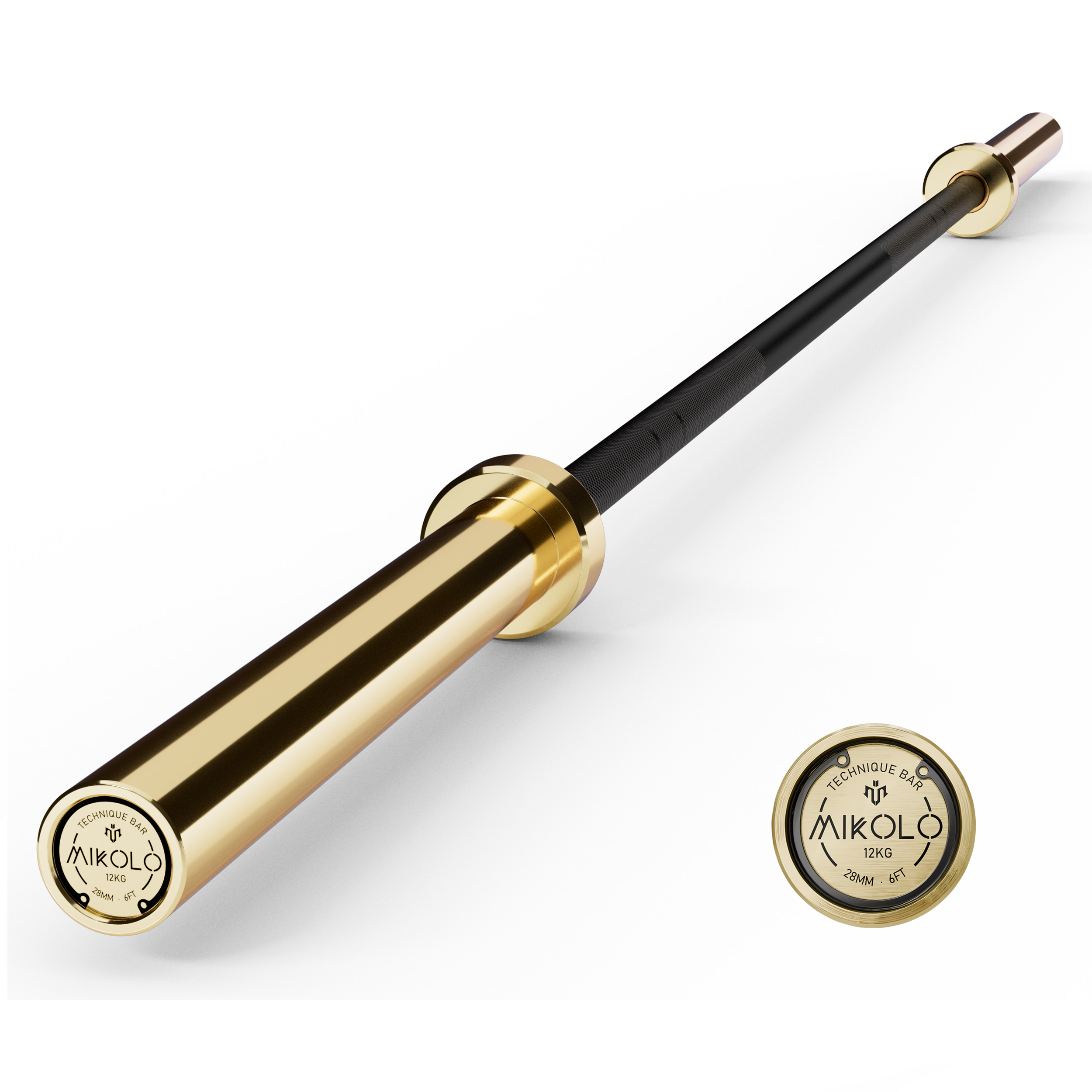
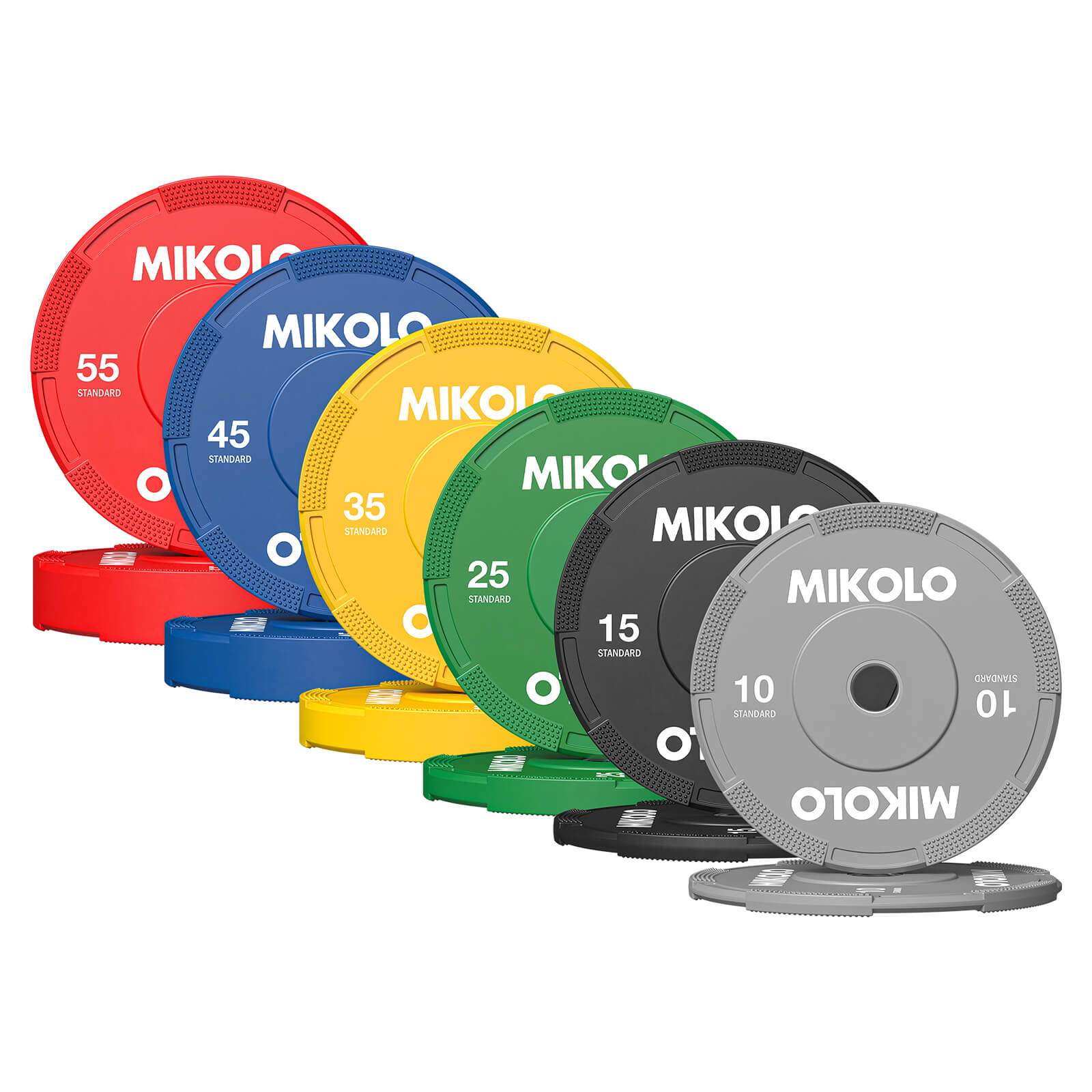
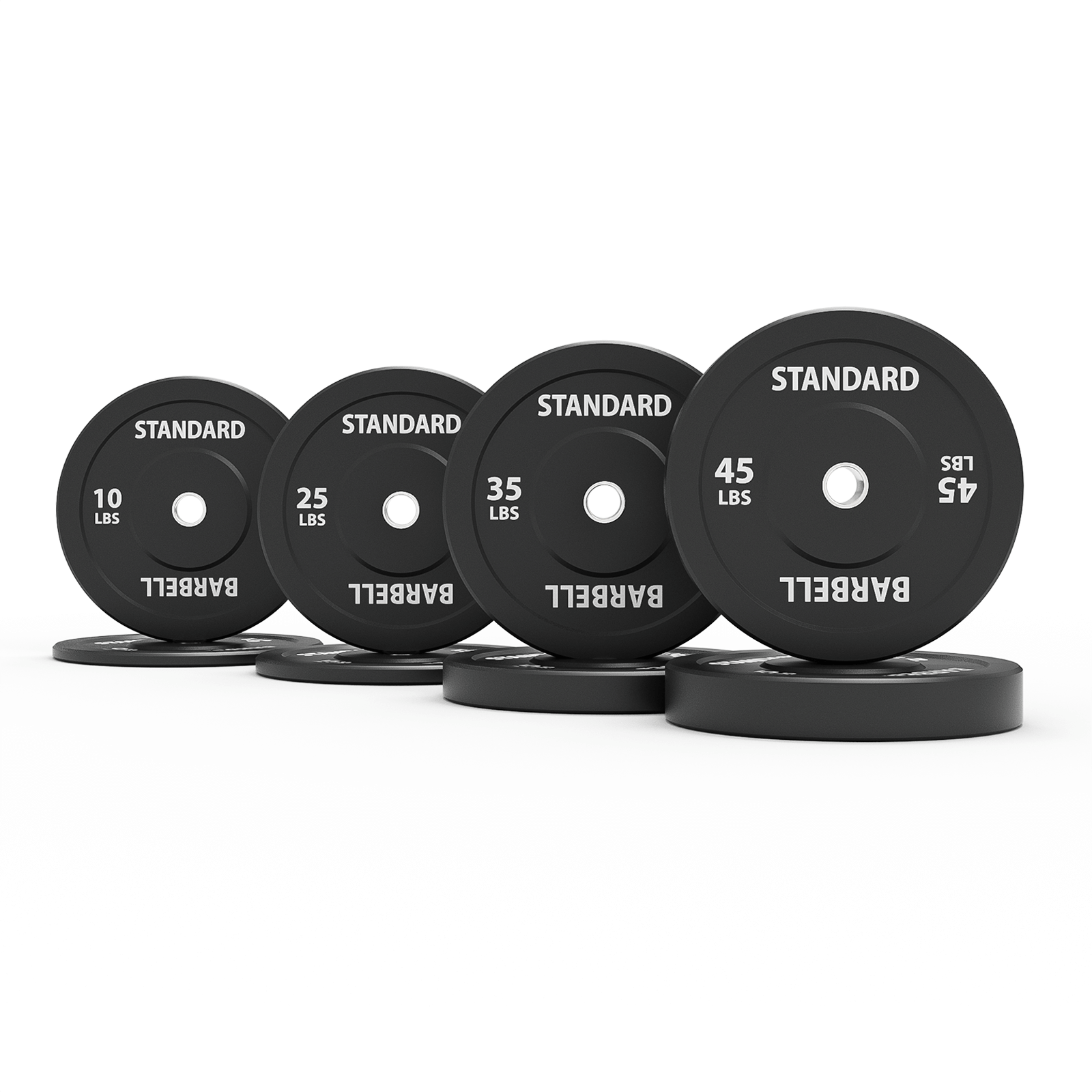
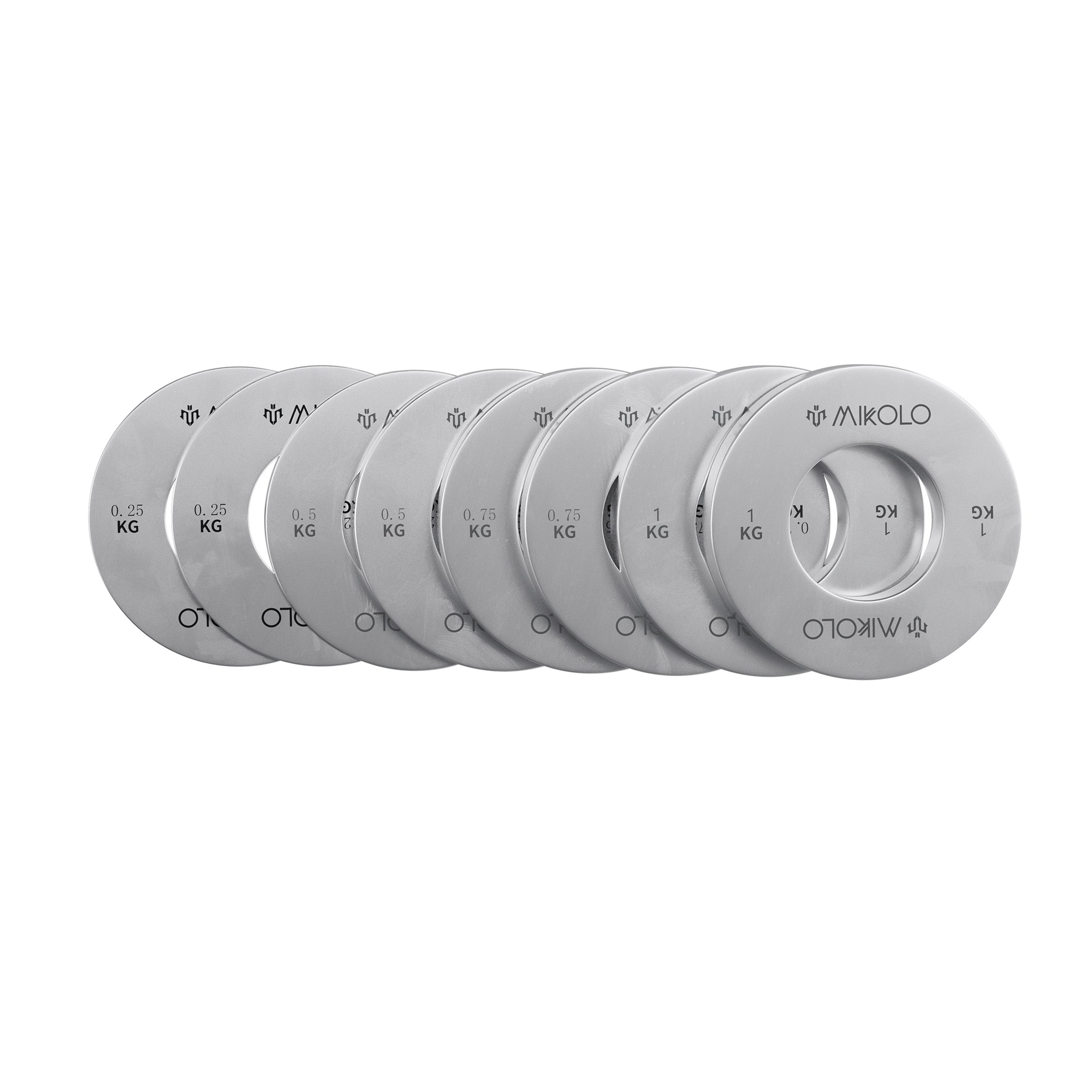

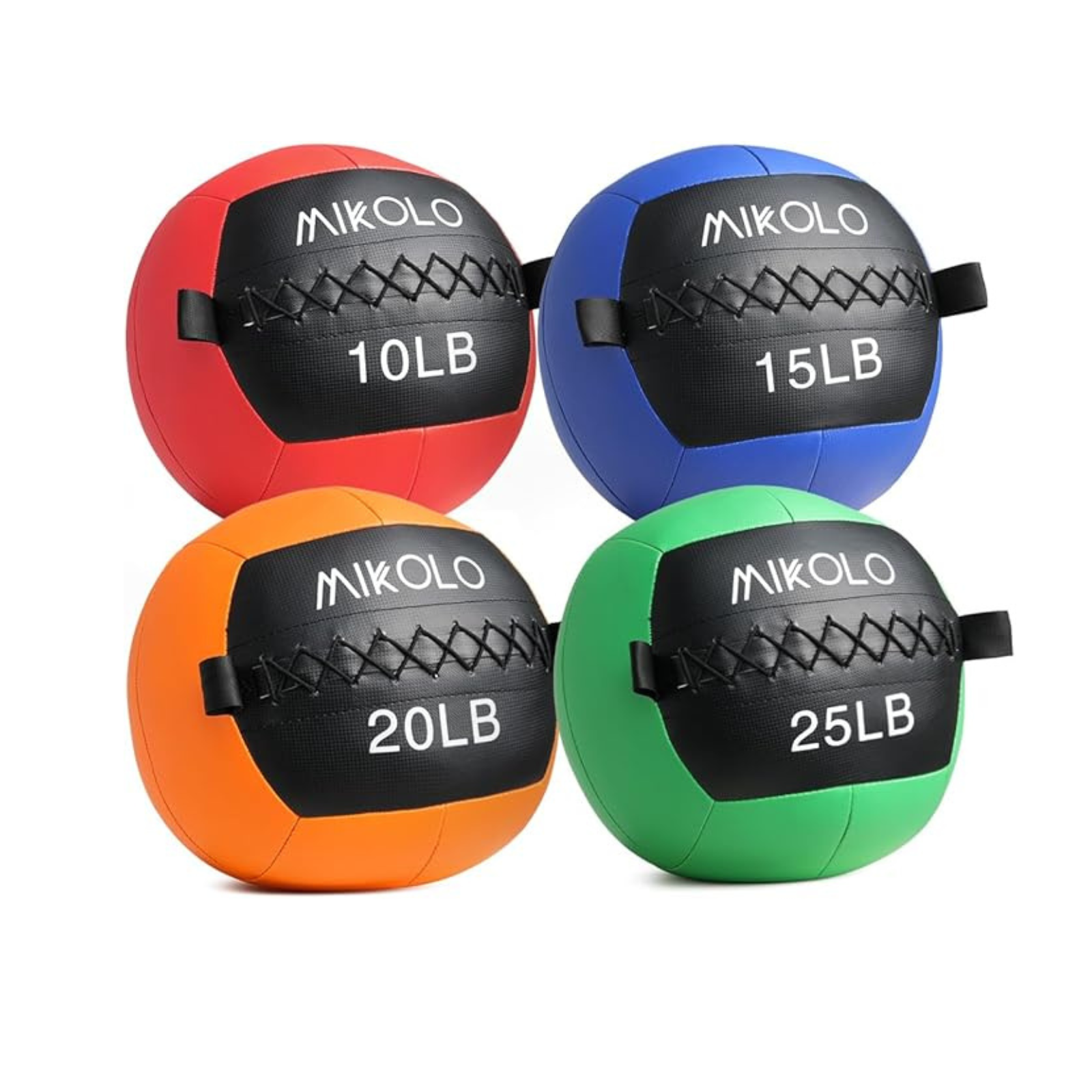
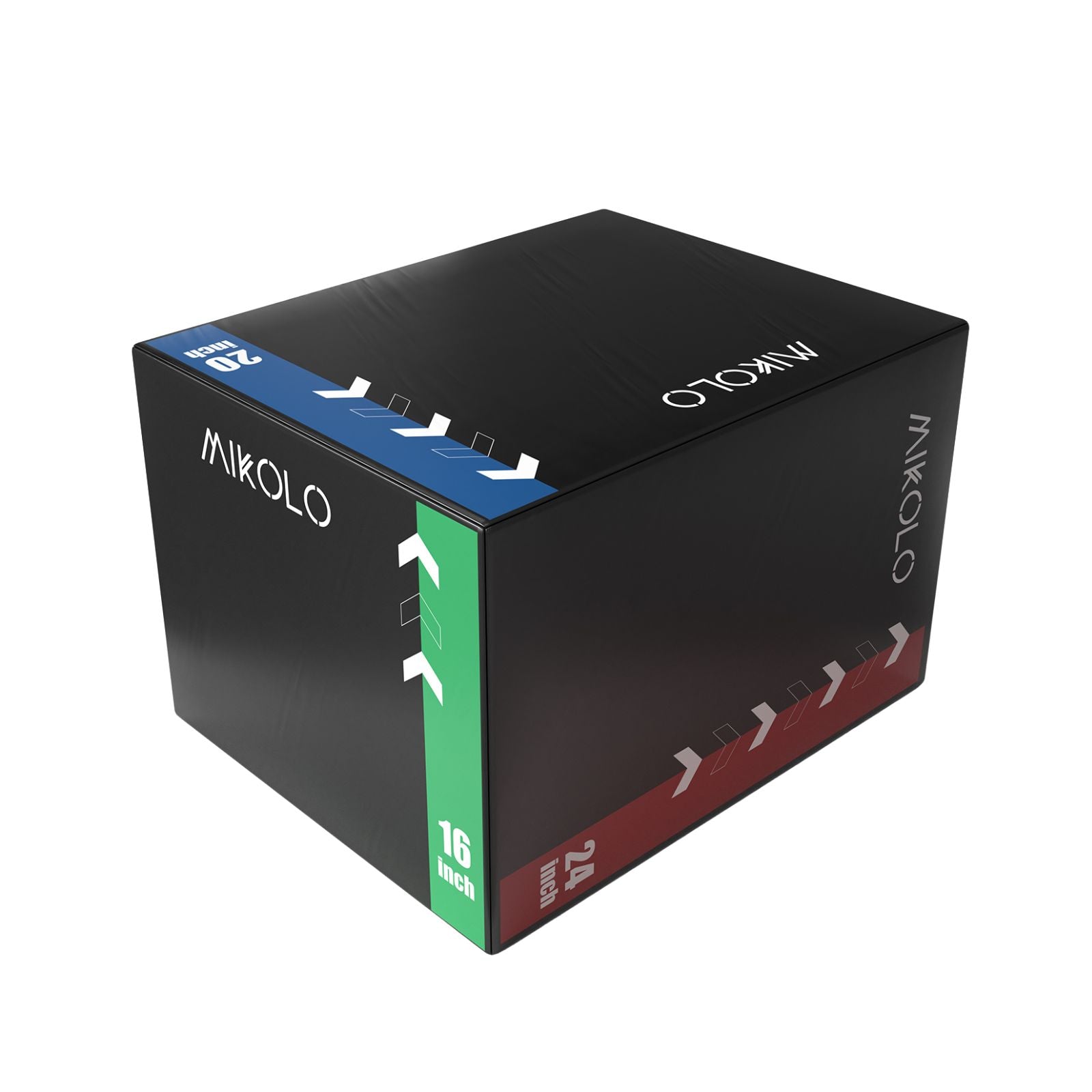
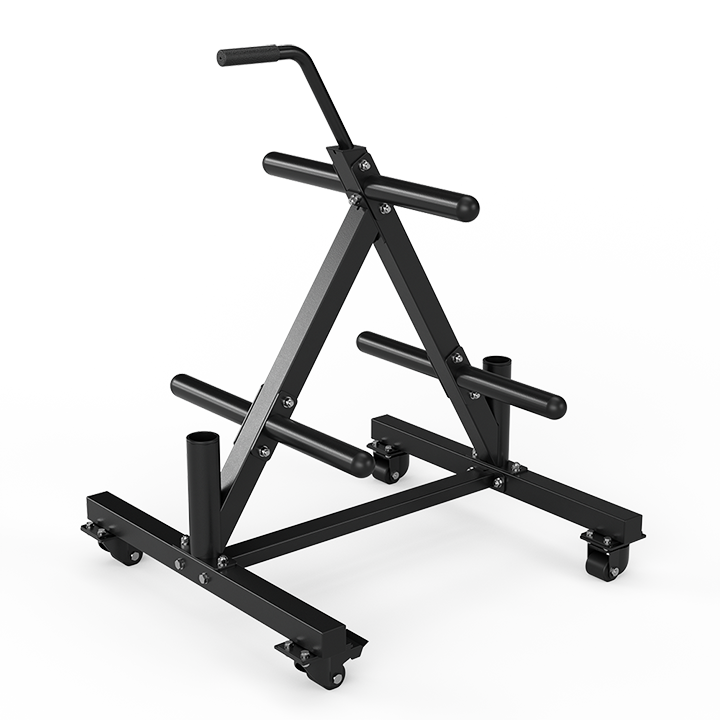
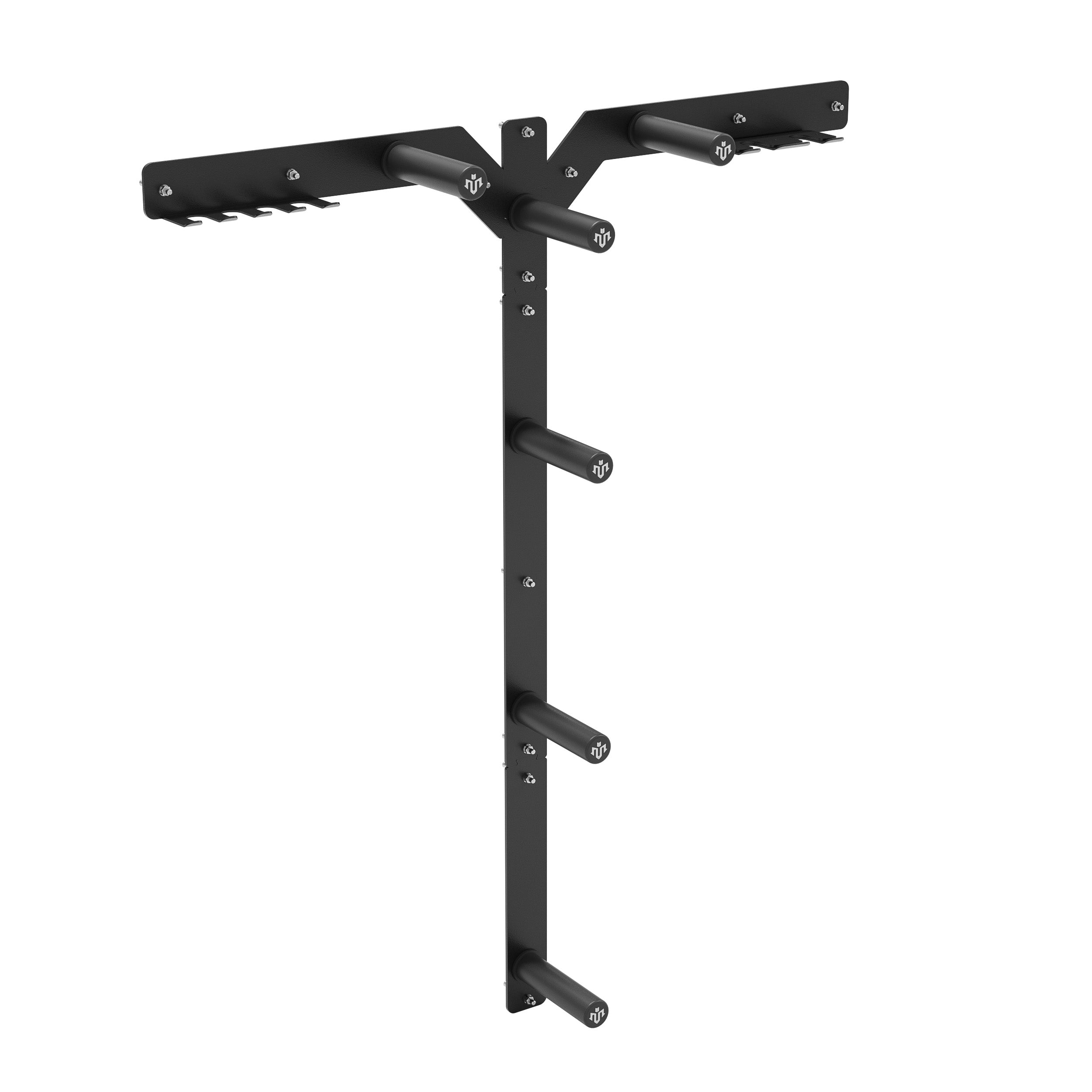
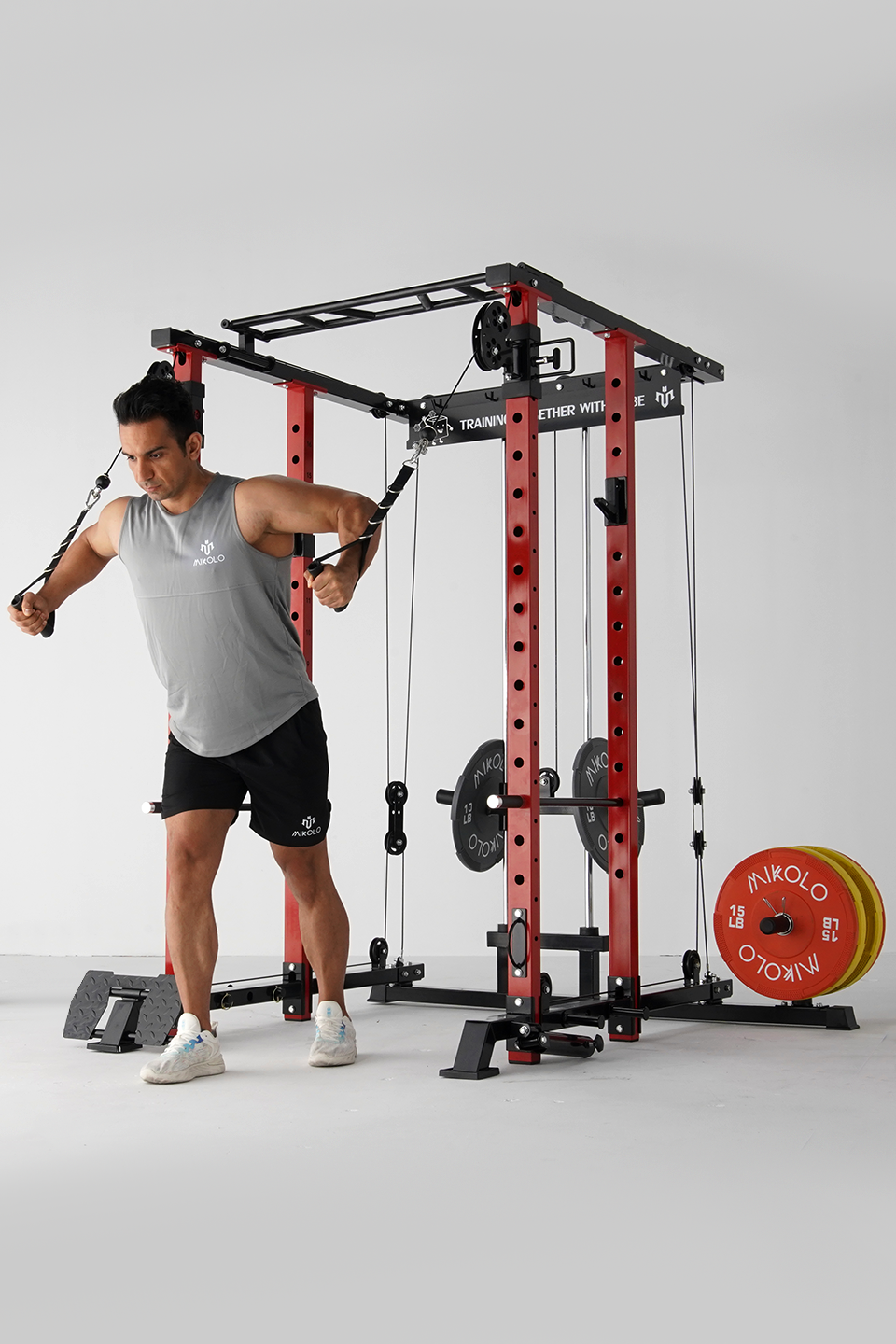



Leave a comment
This site is protected by hCaptcha and the hCaptcha Privacy Policy and Terms of Service apply.